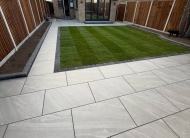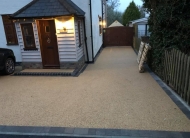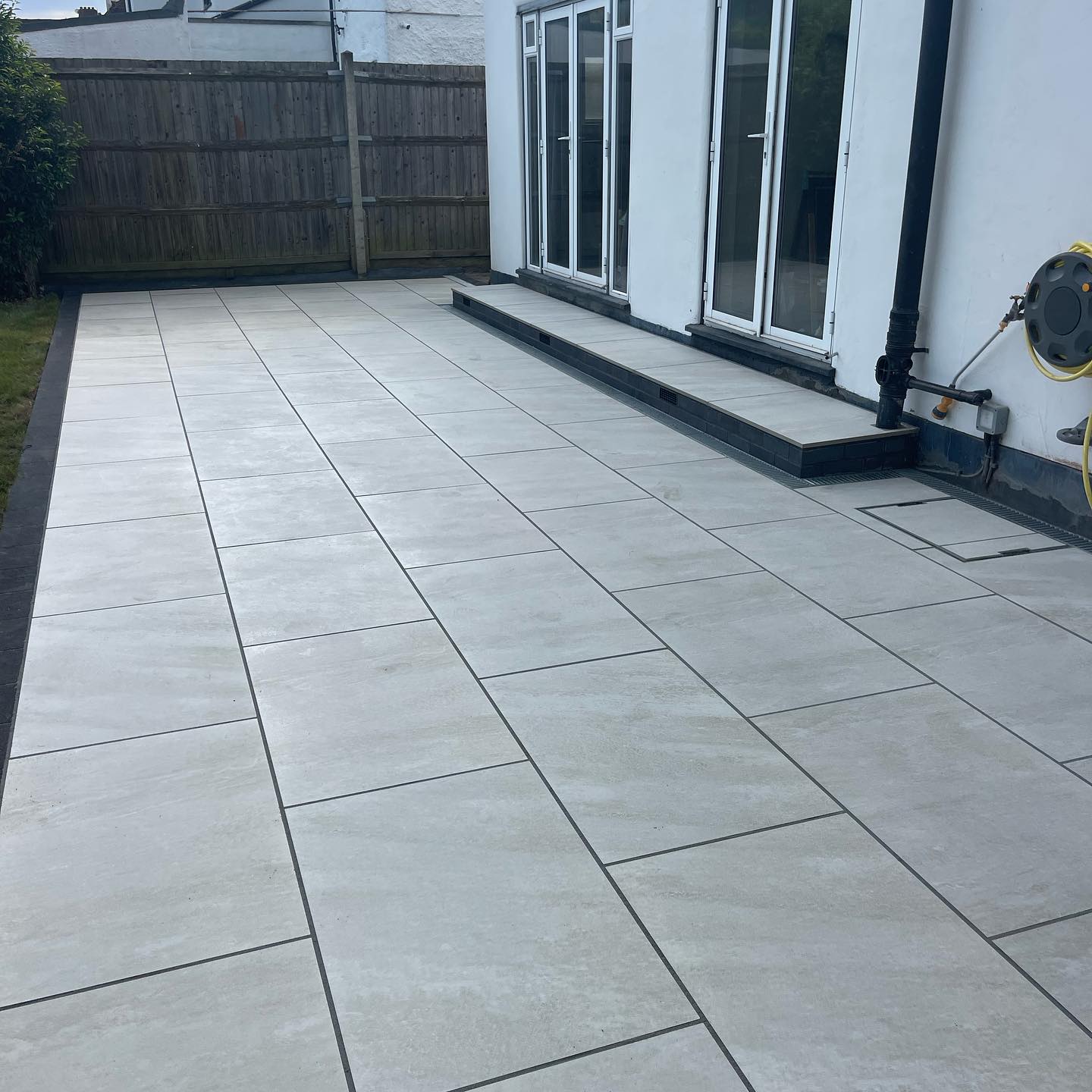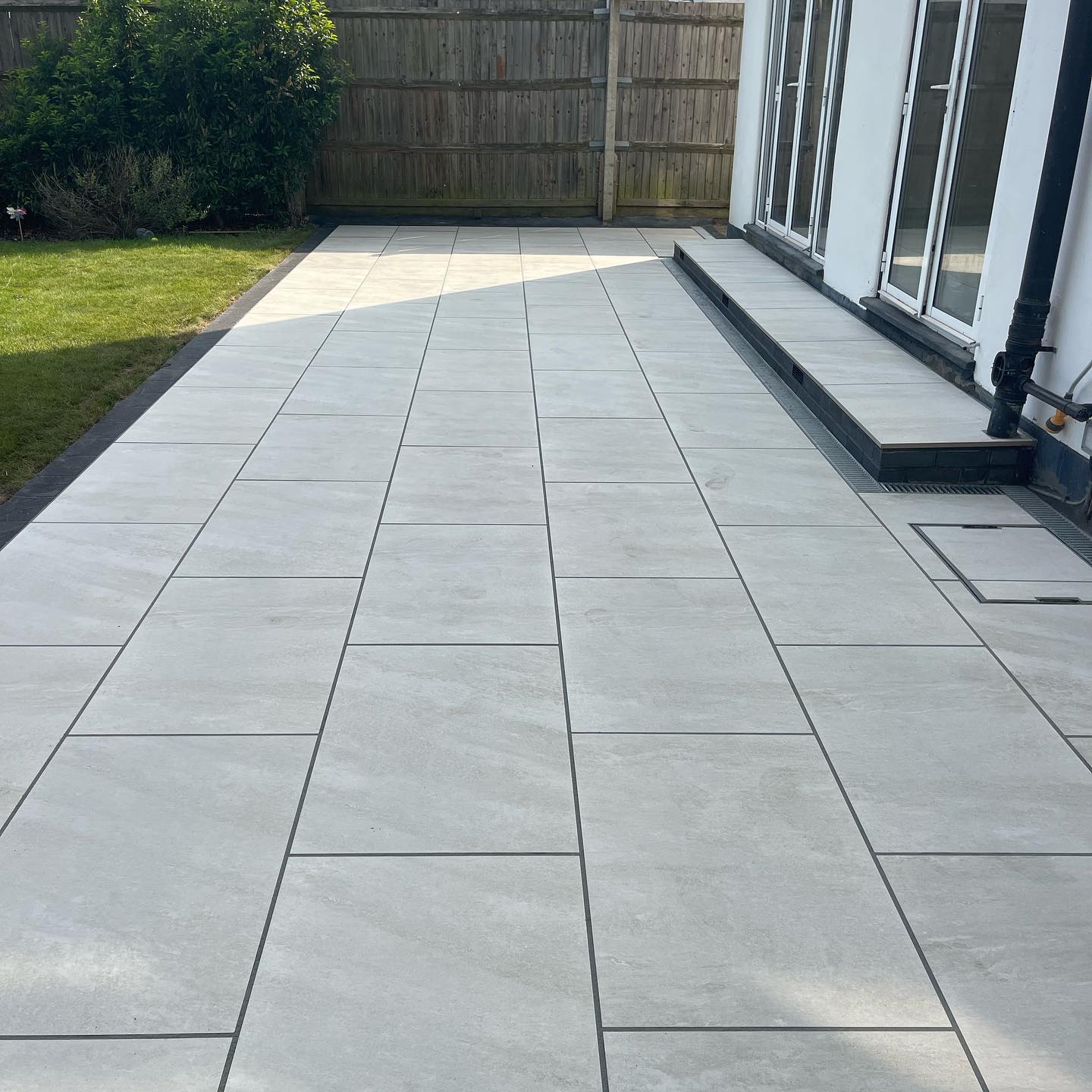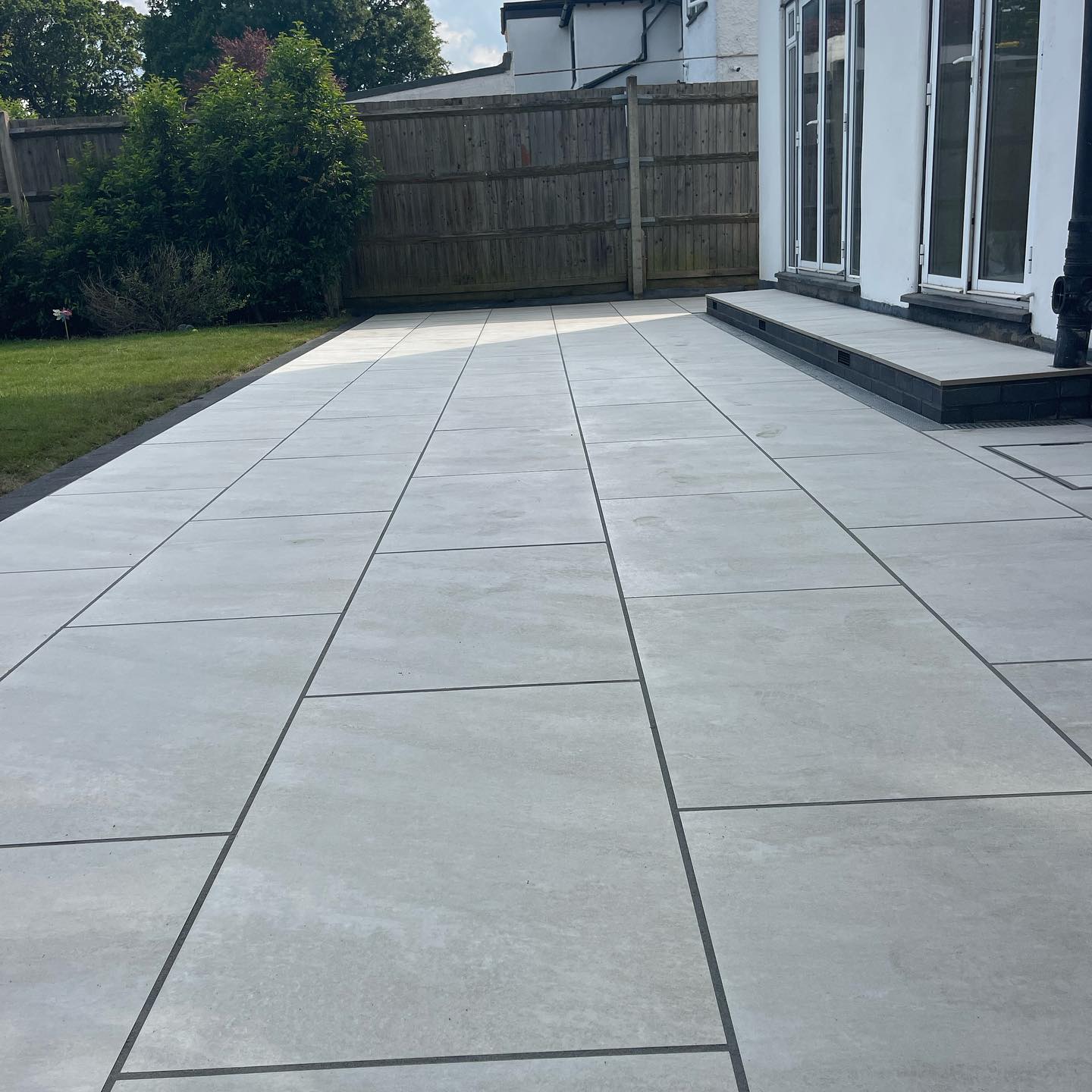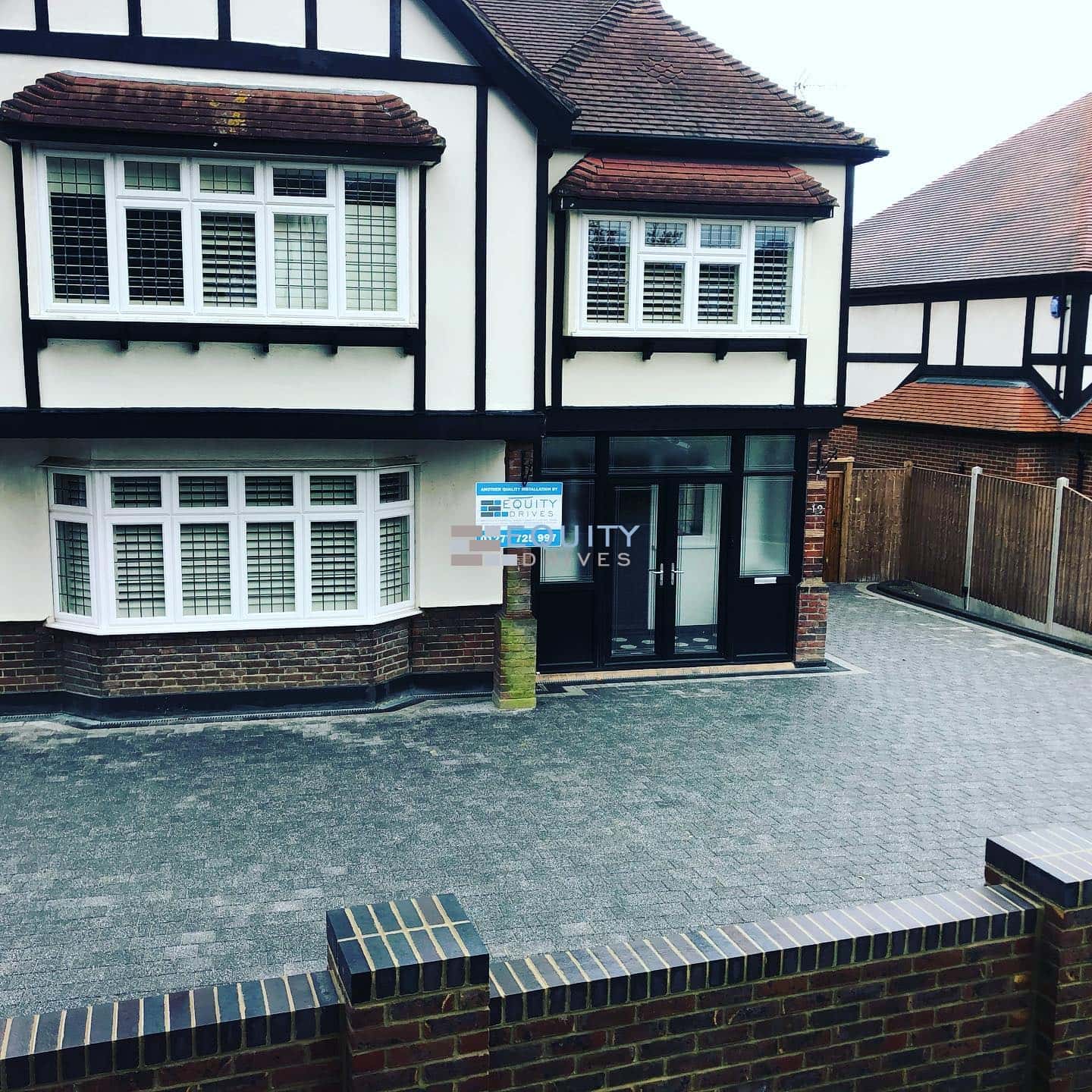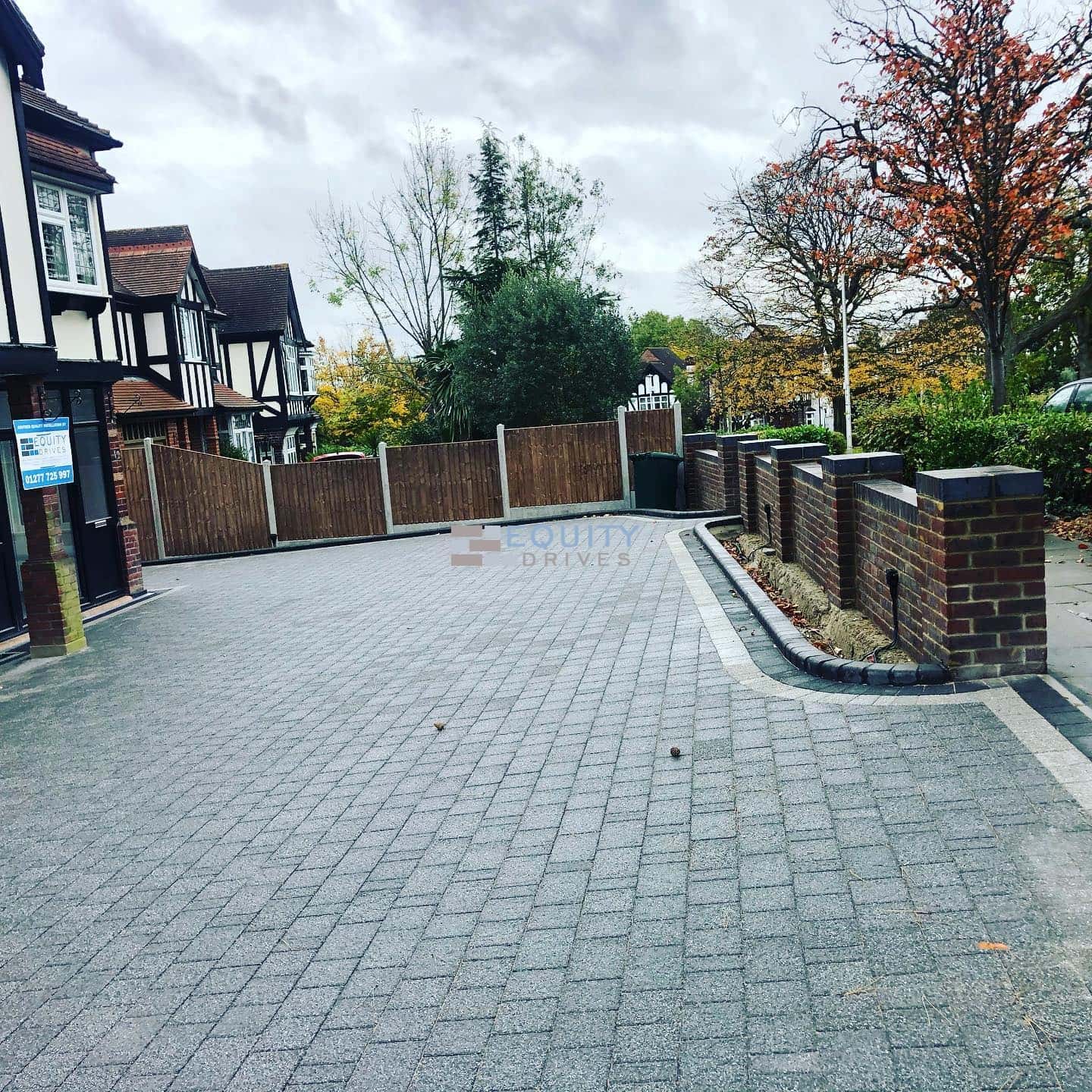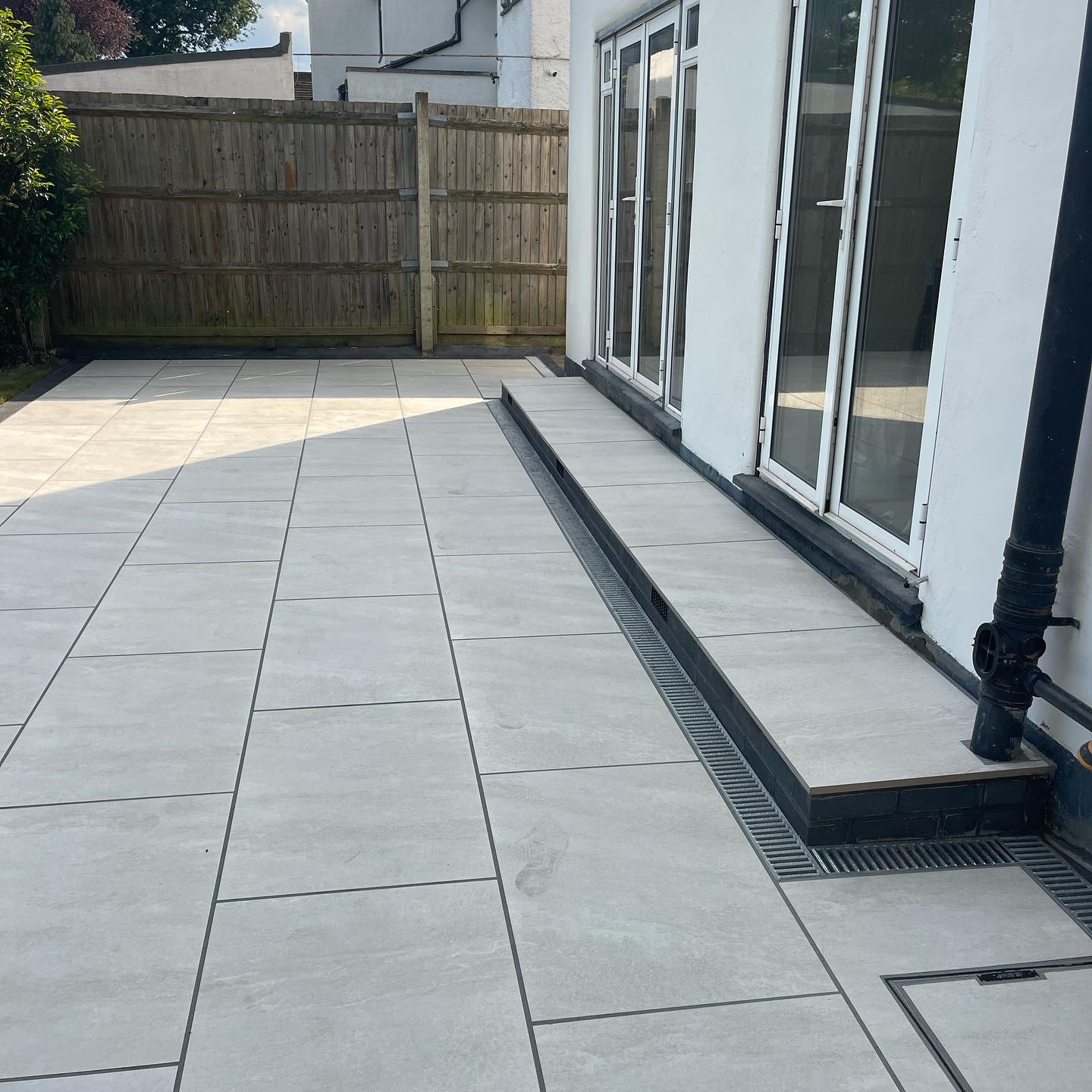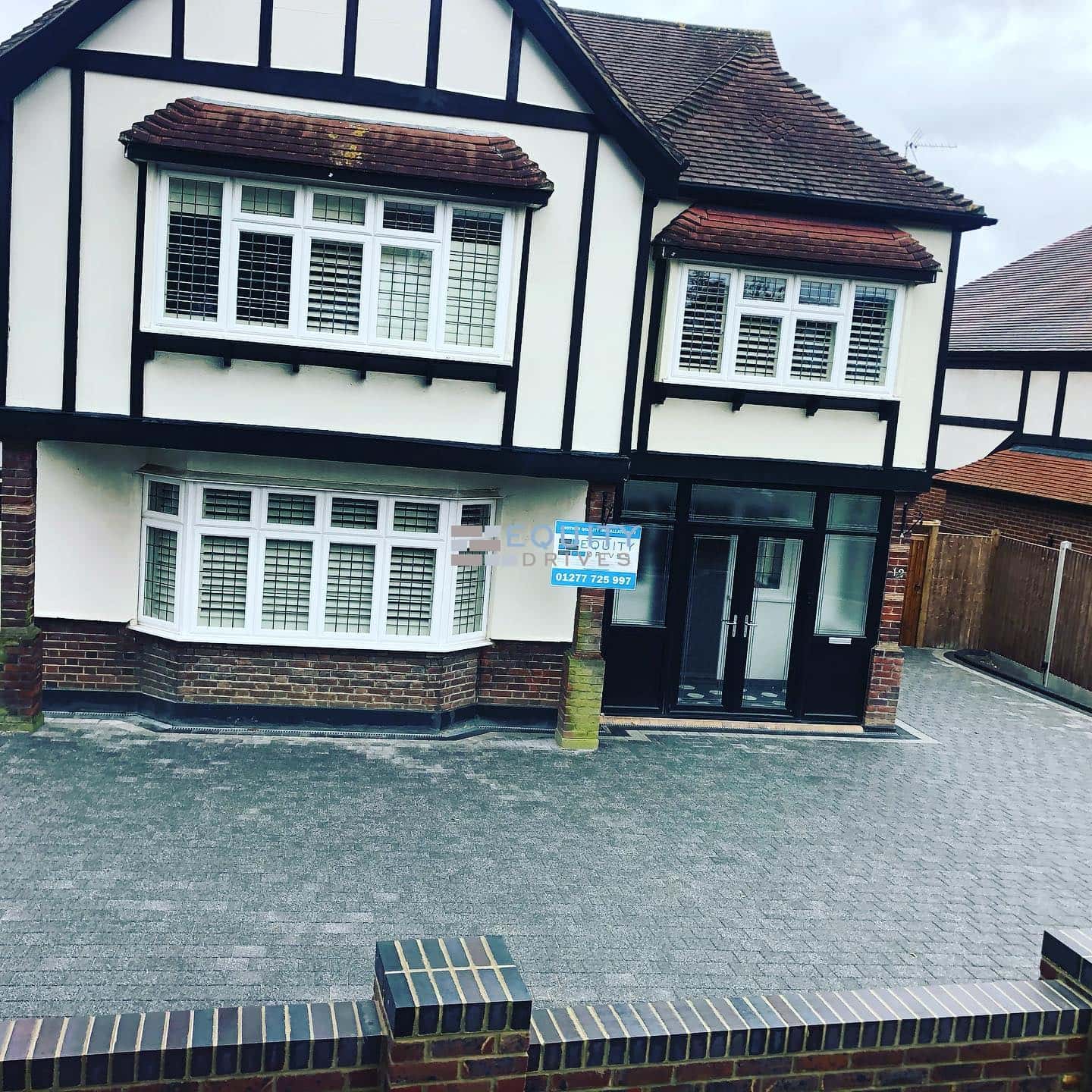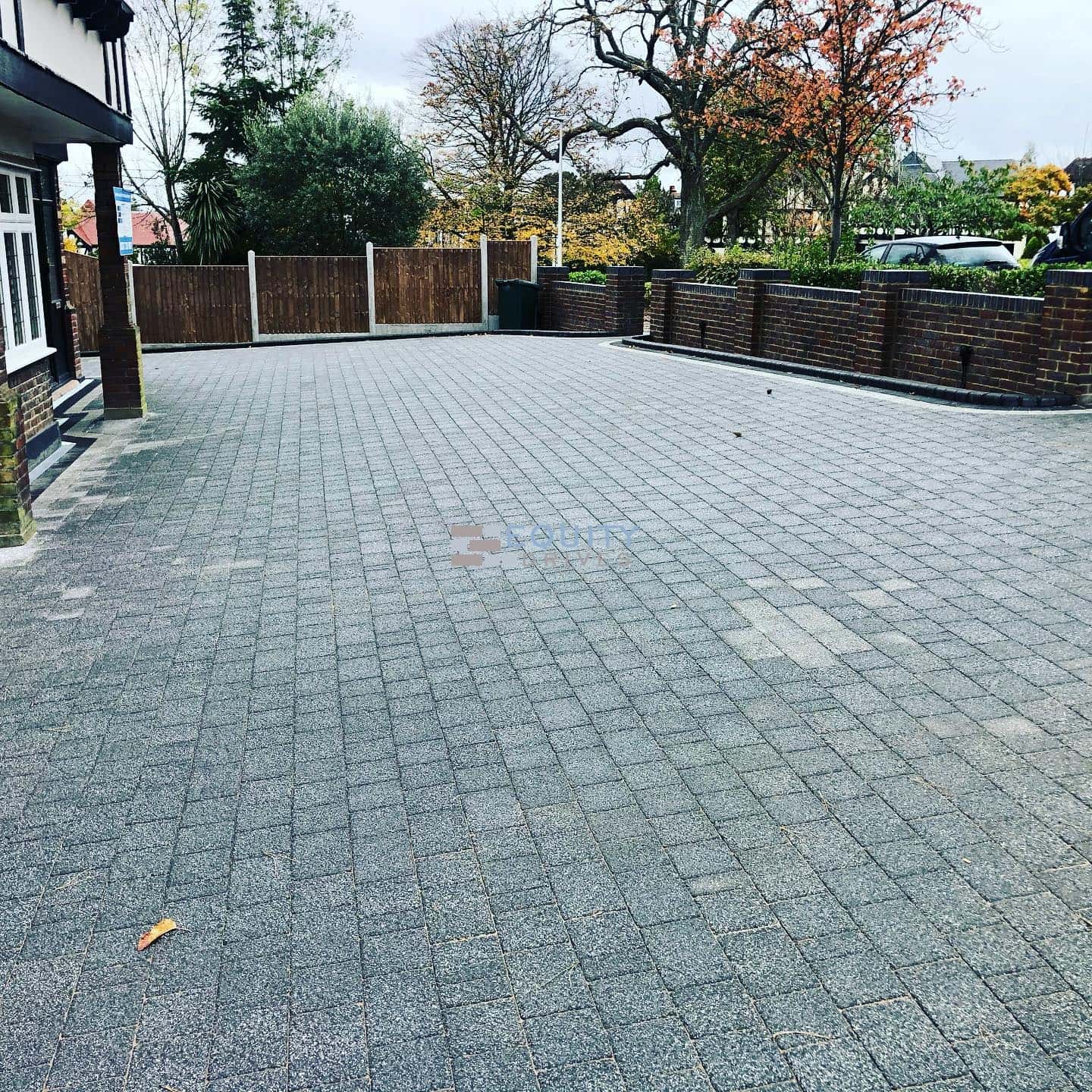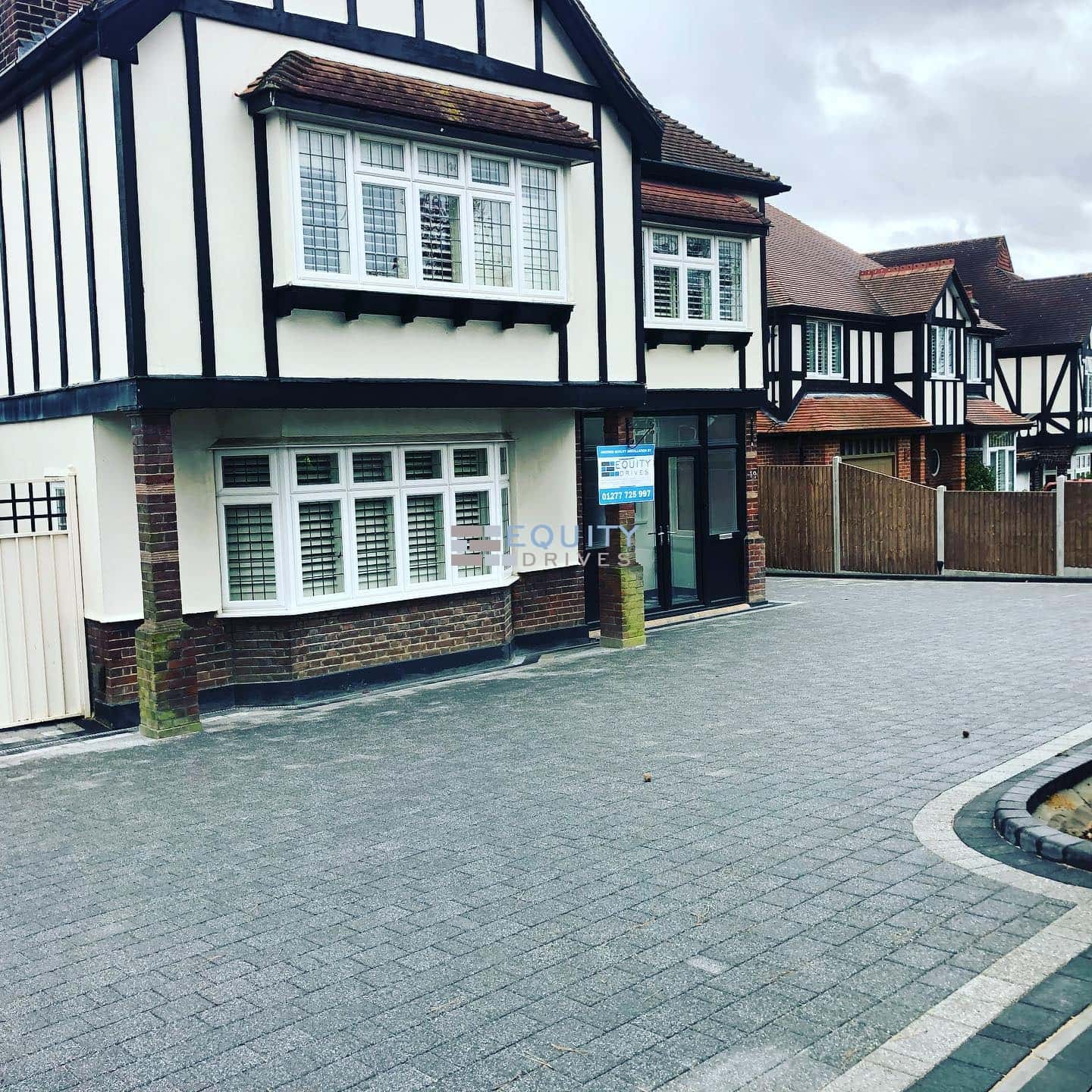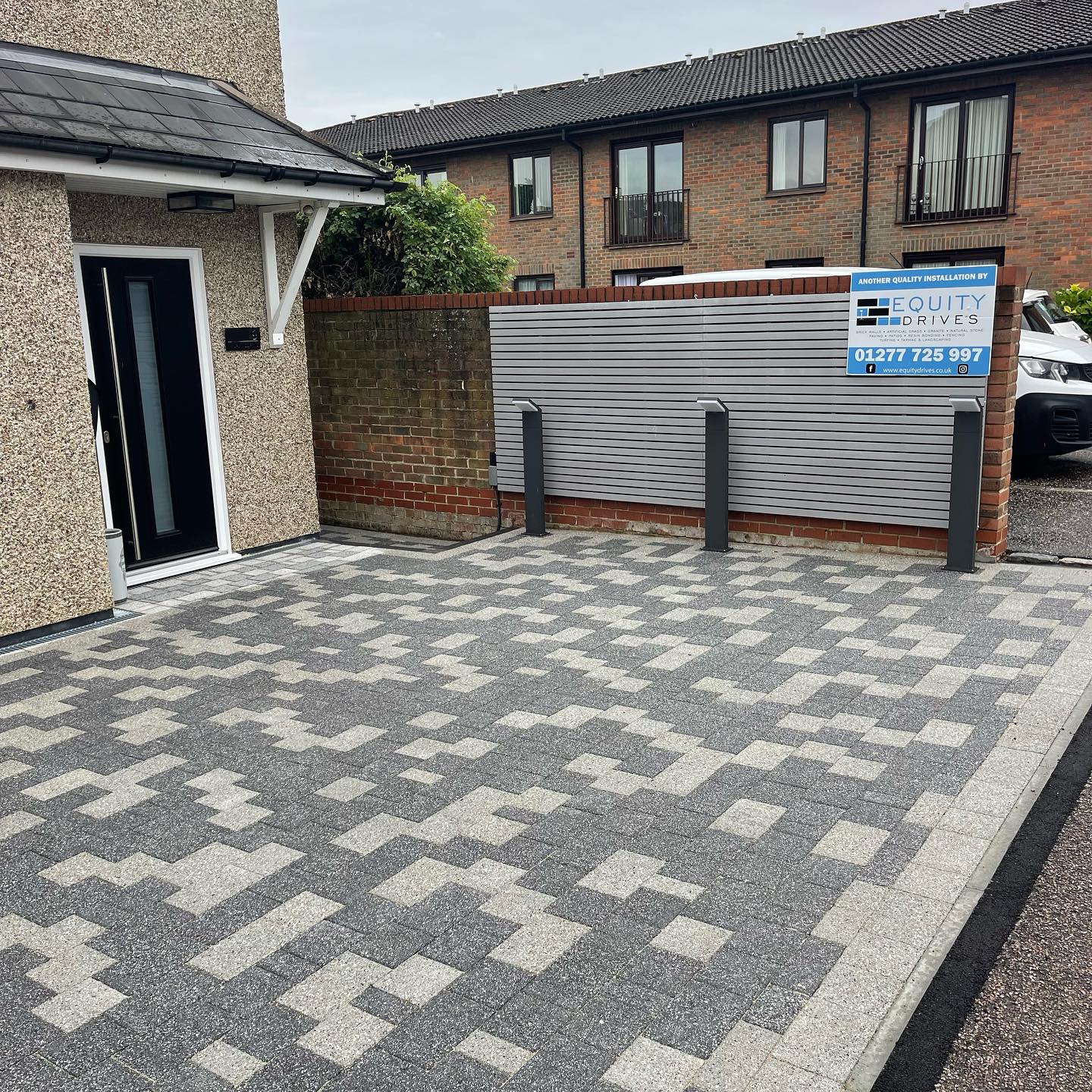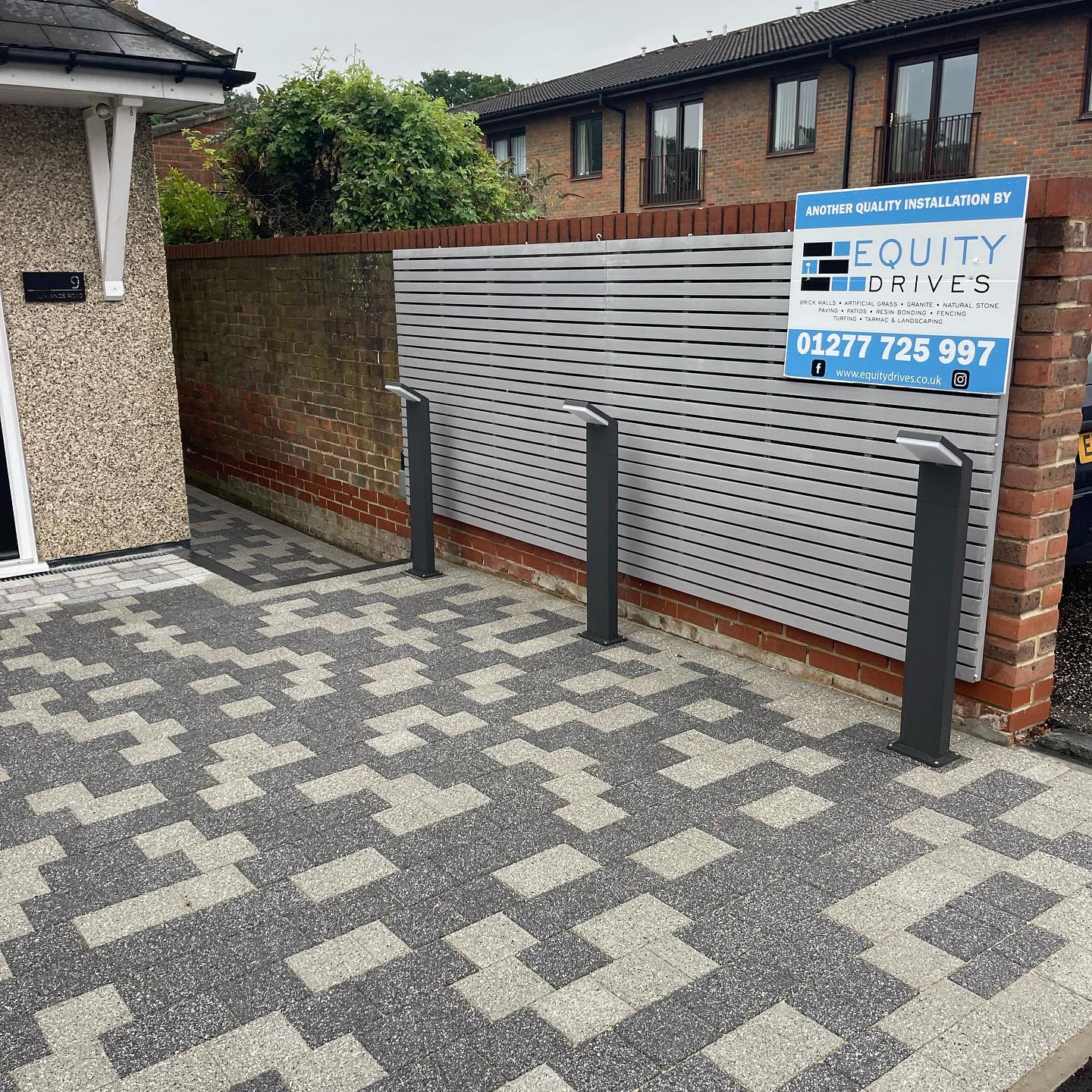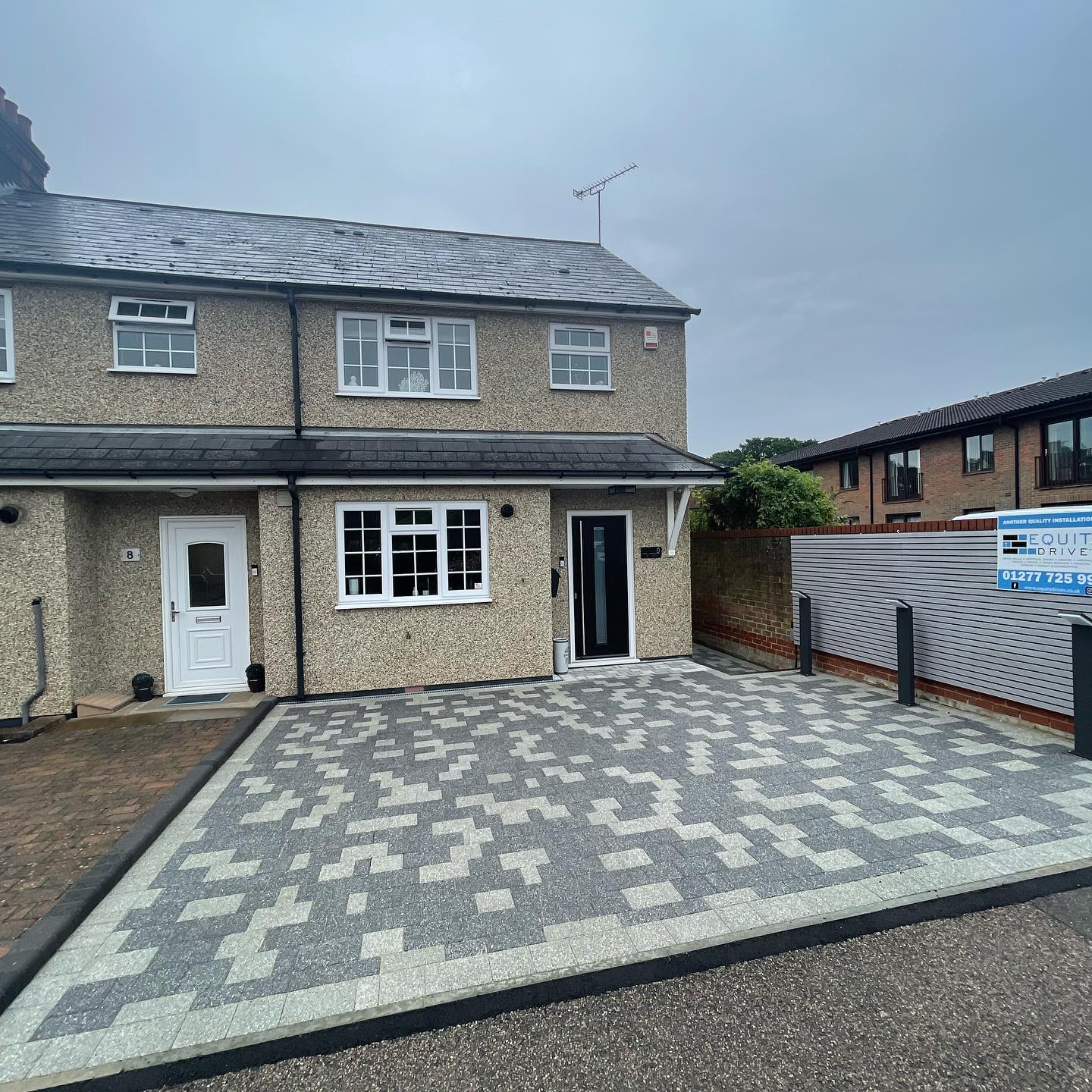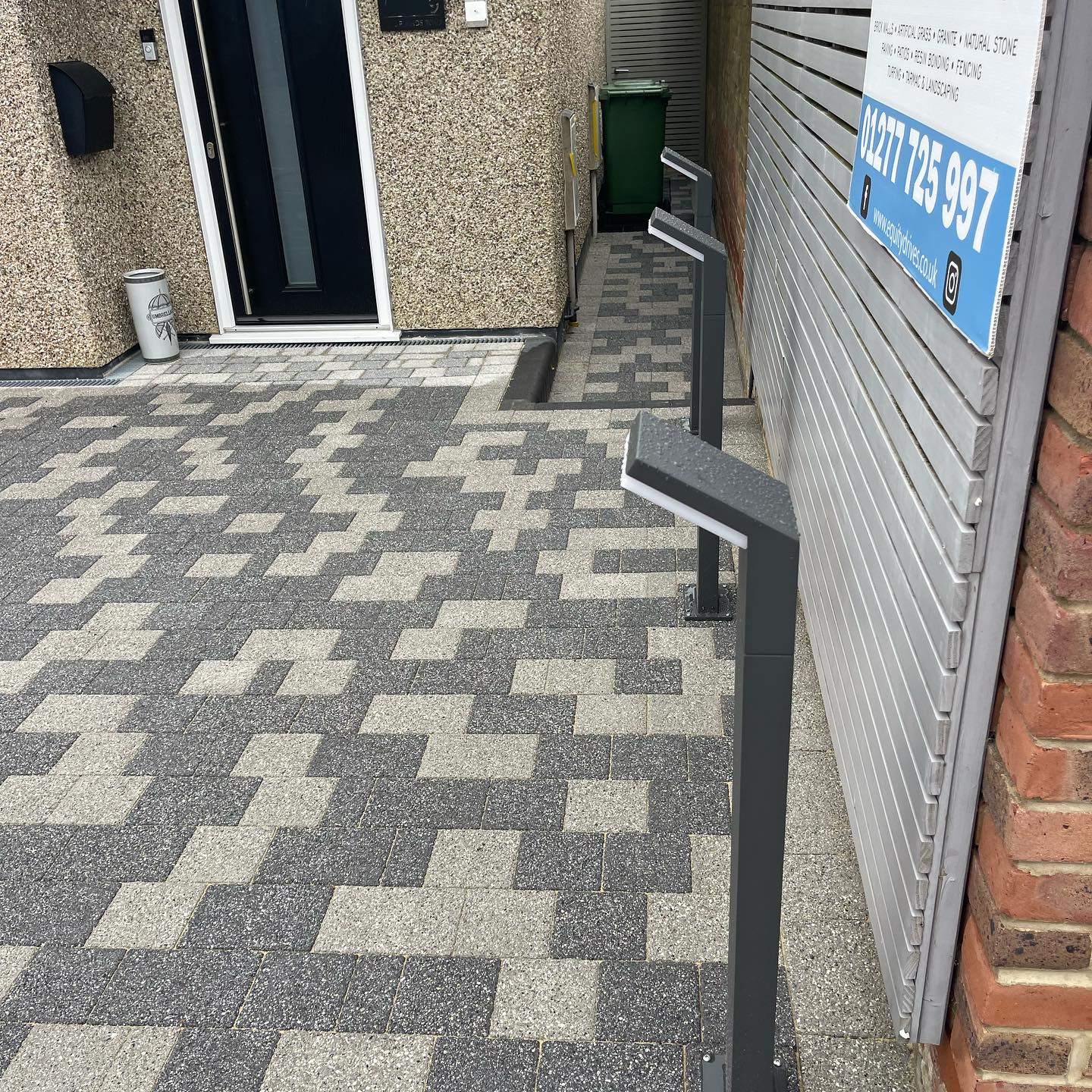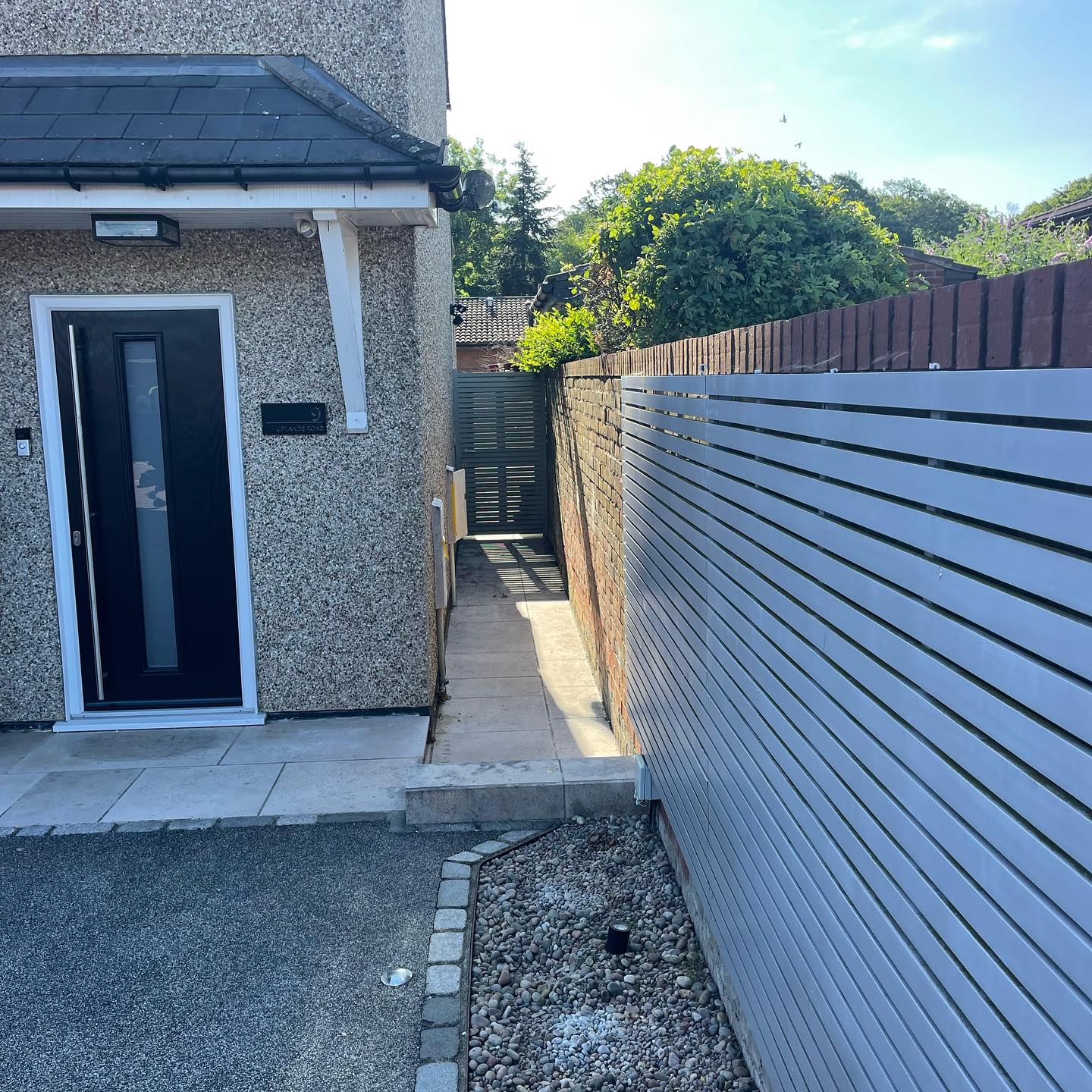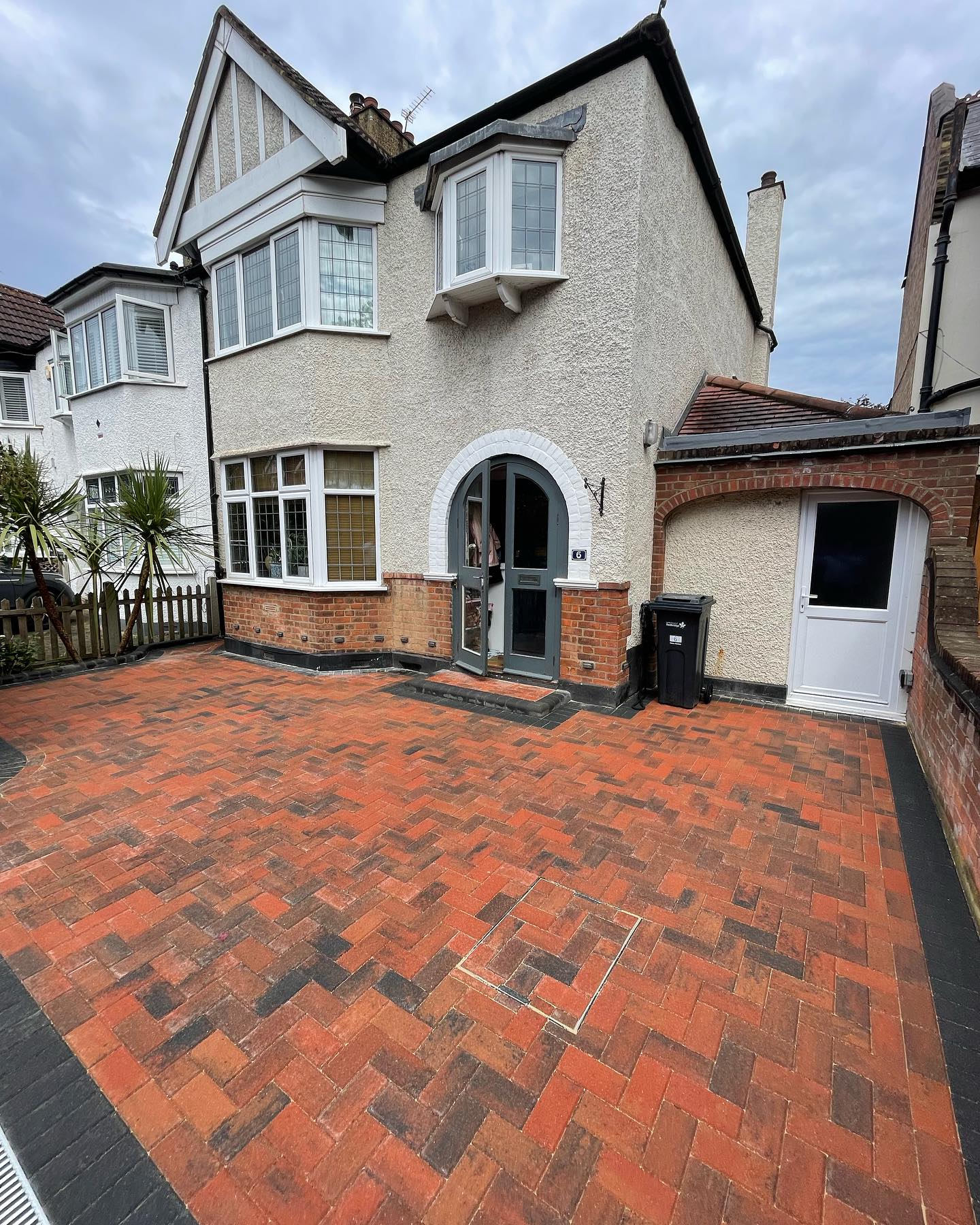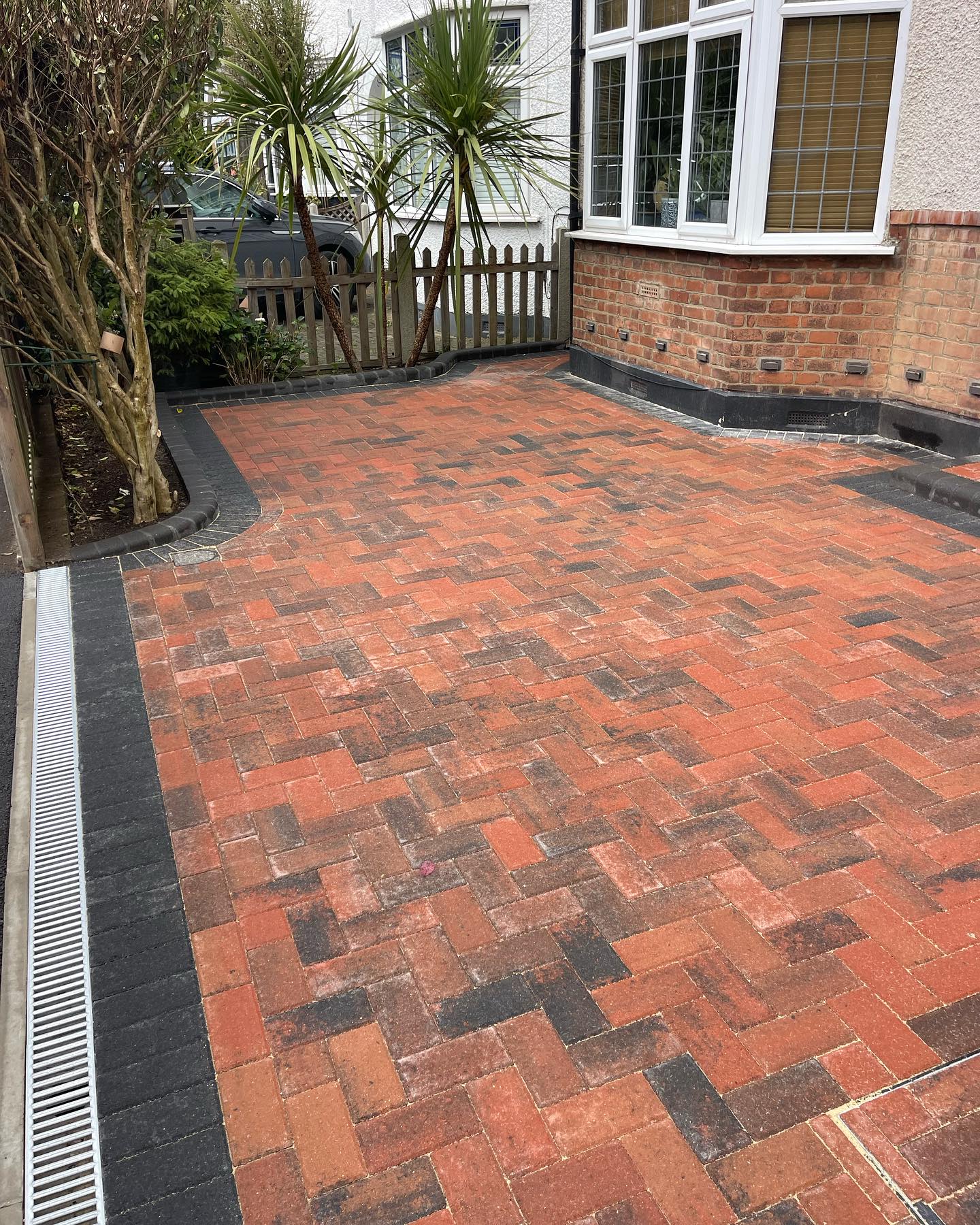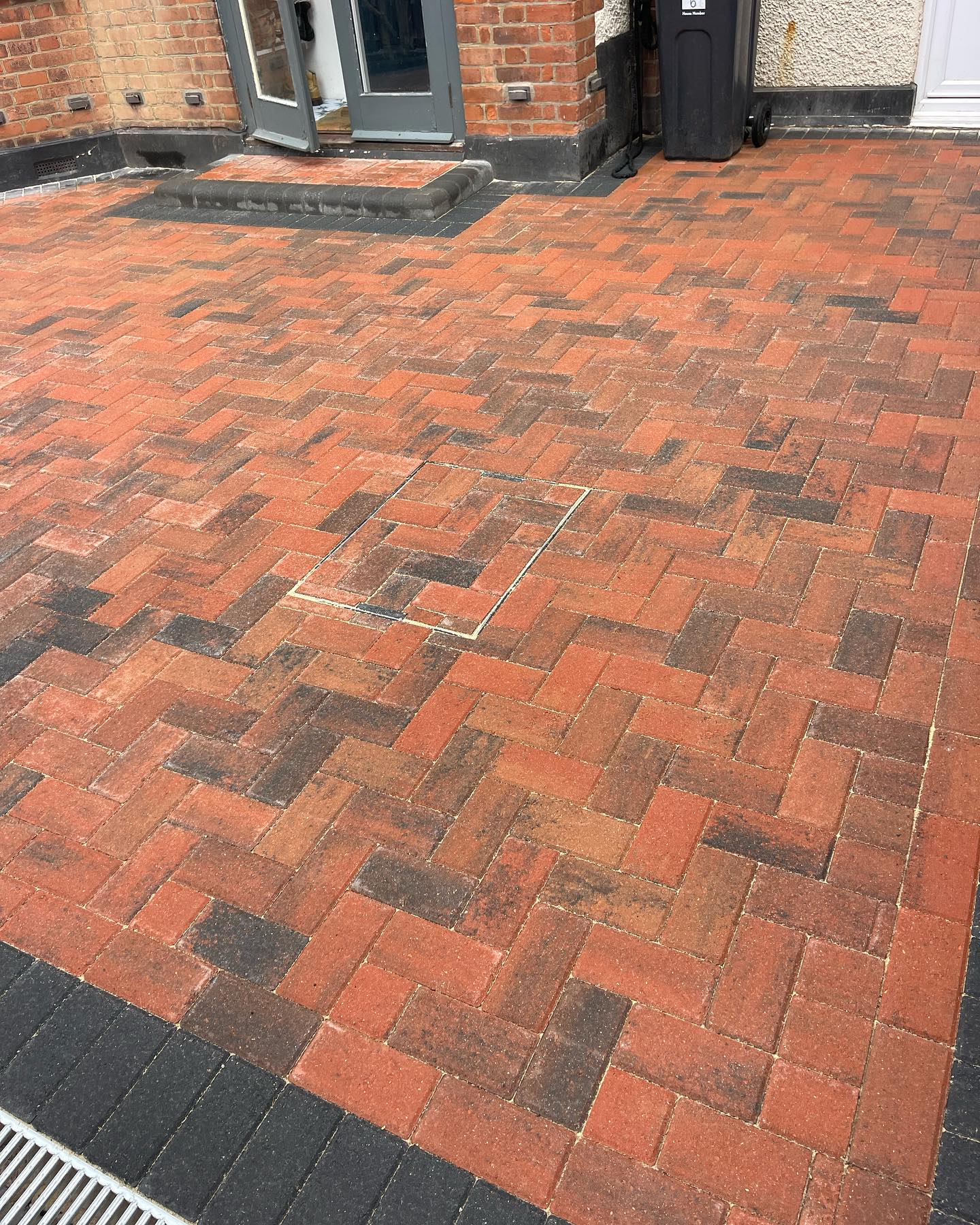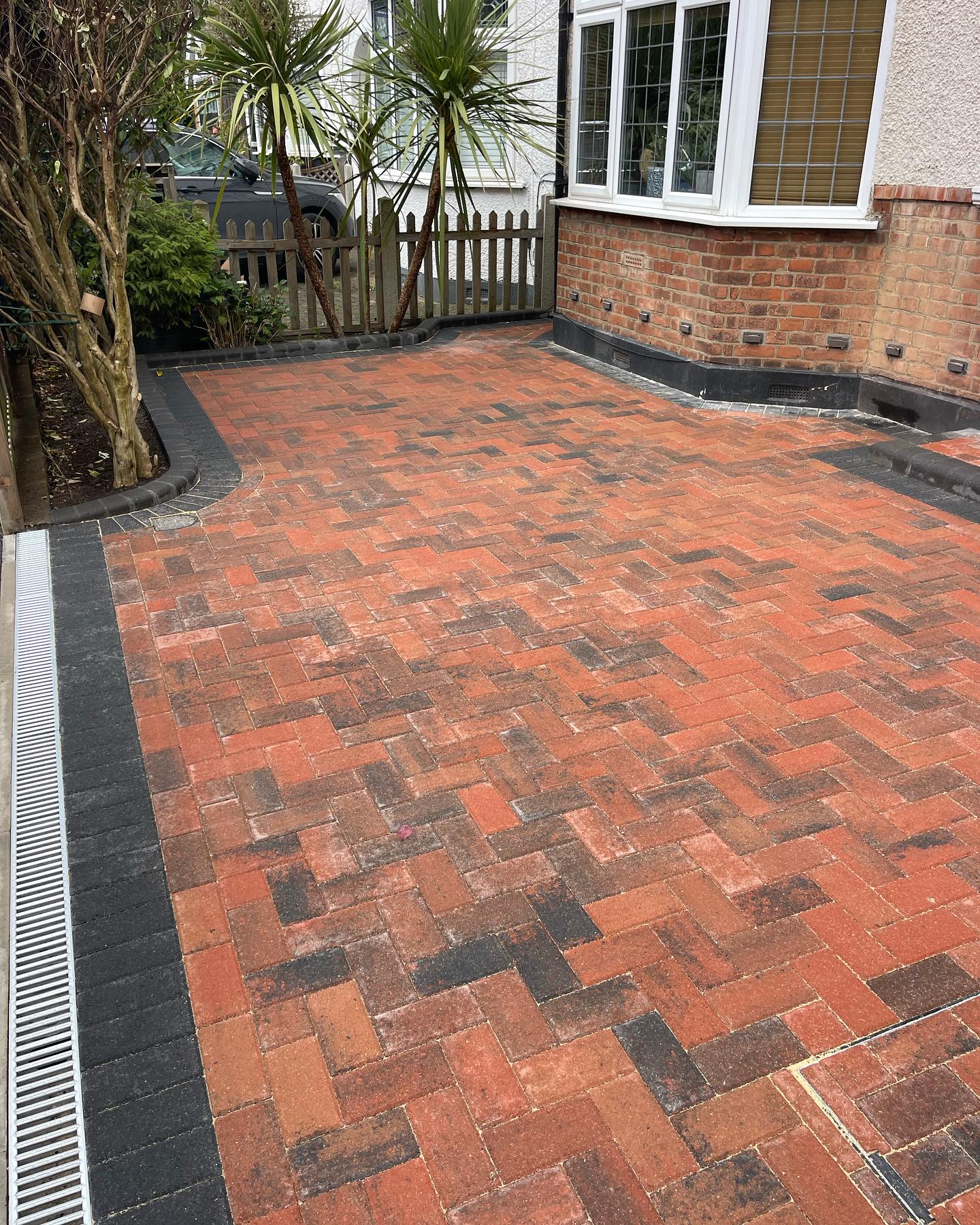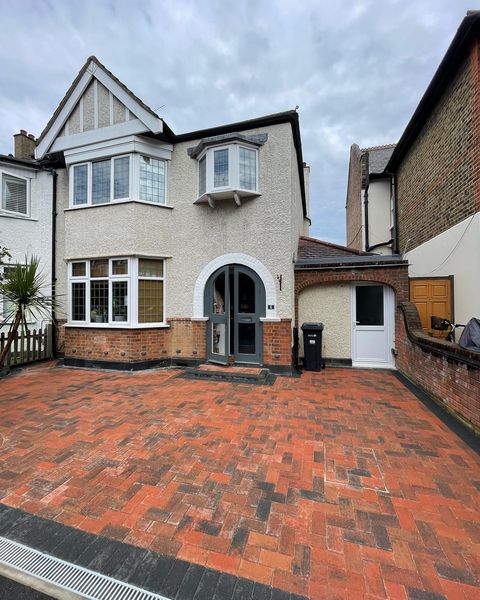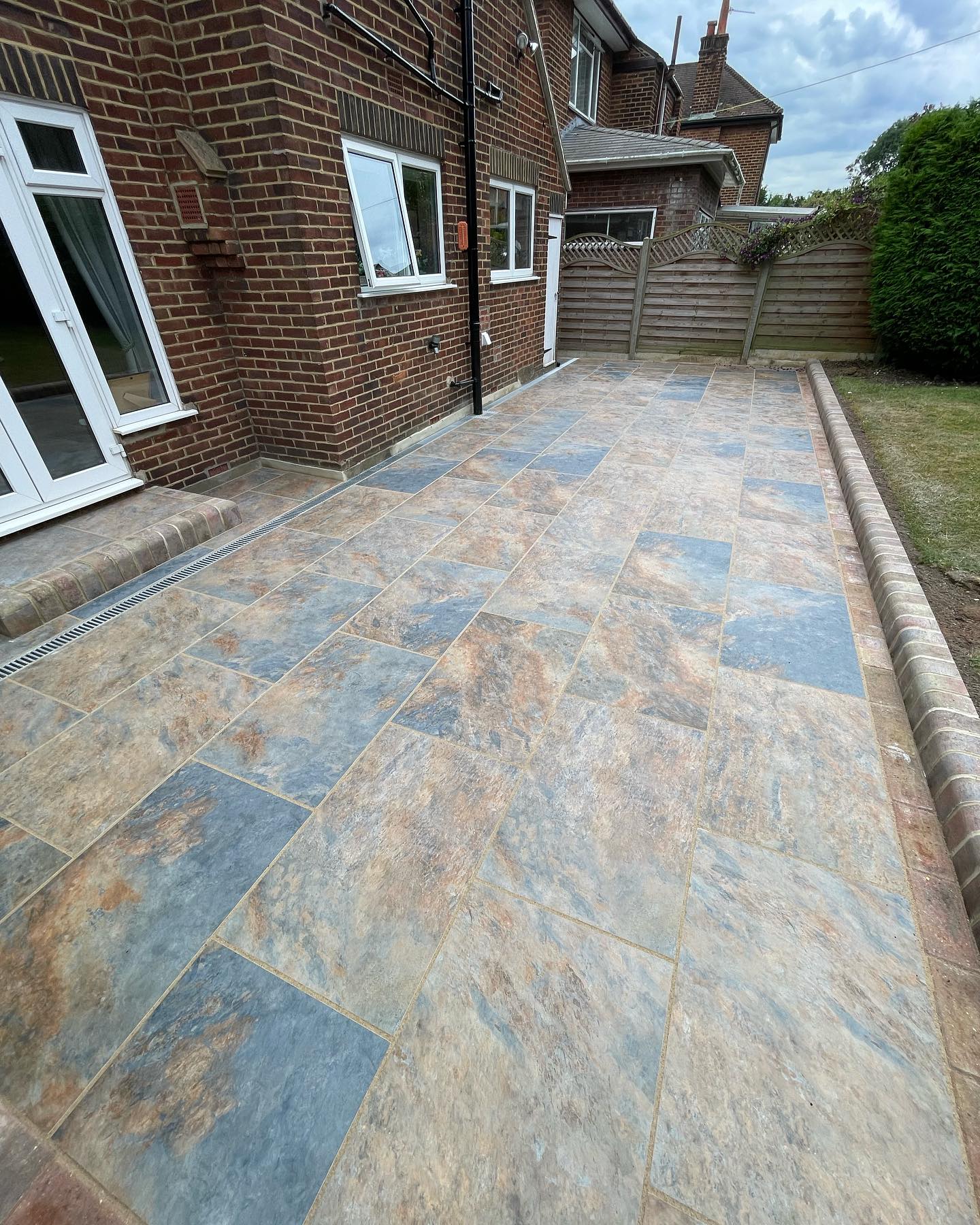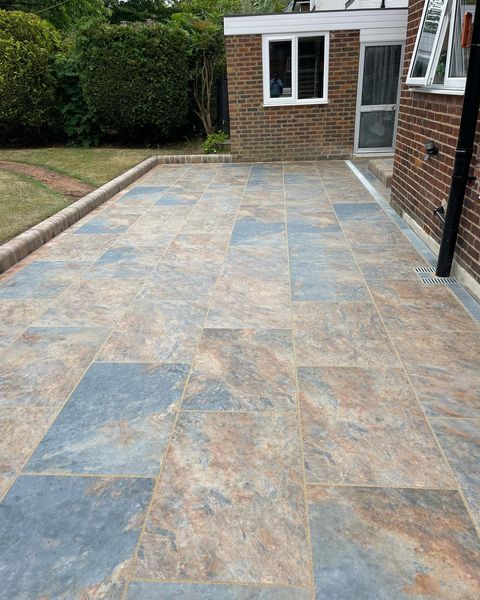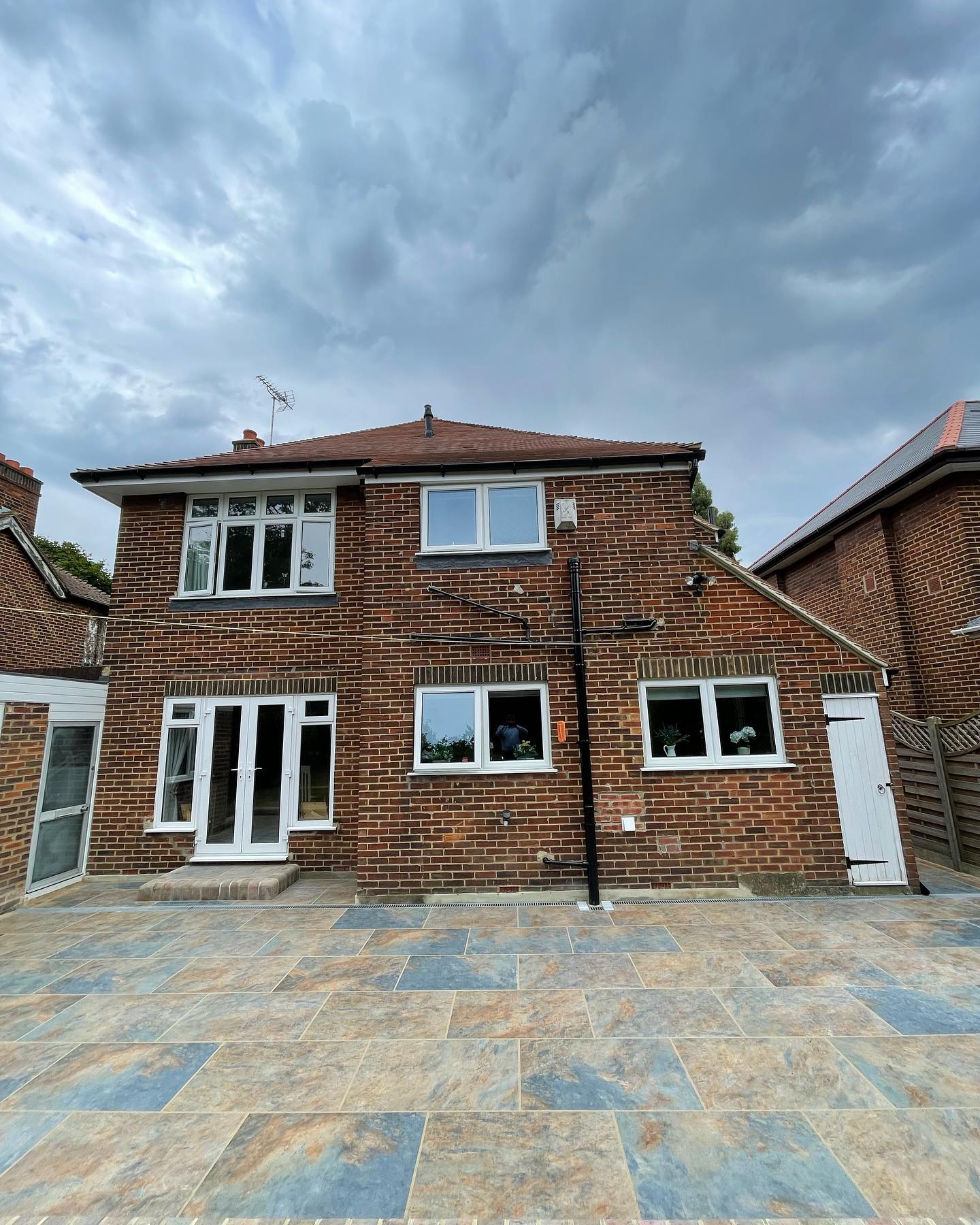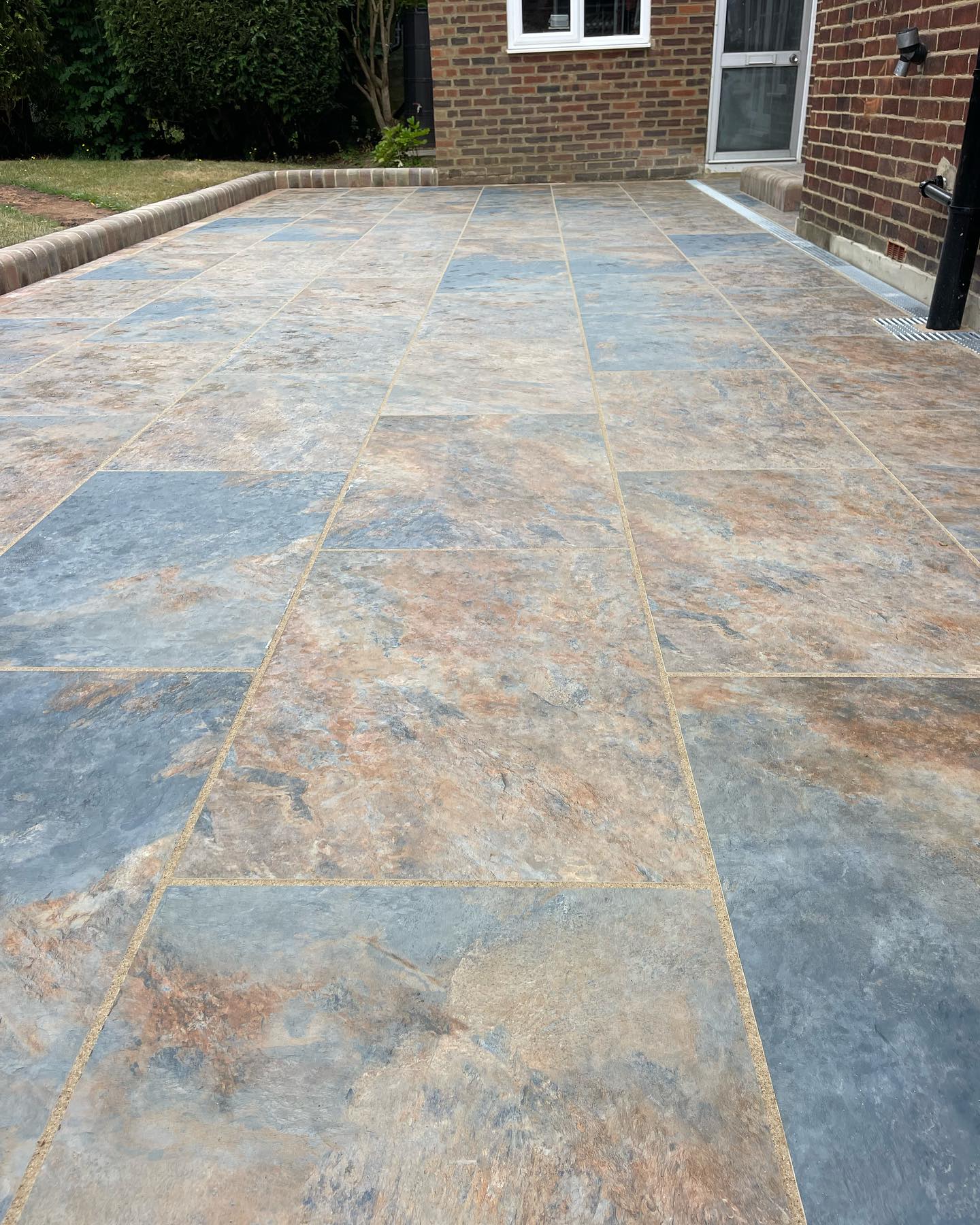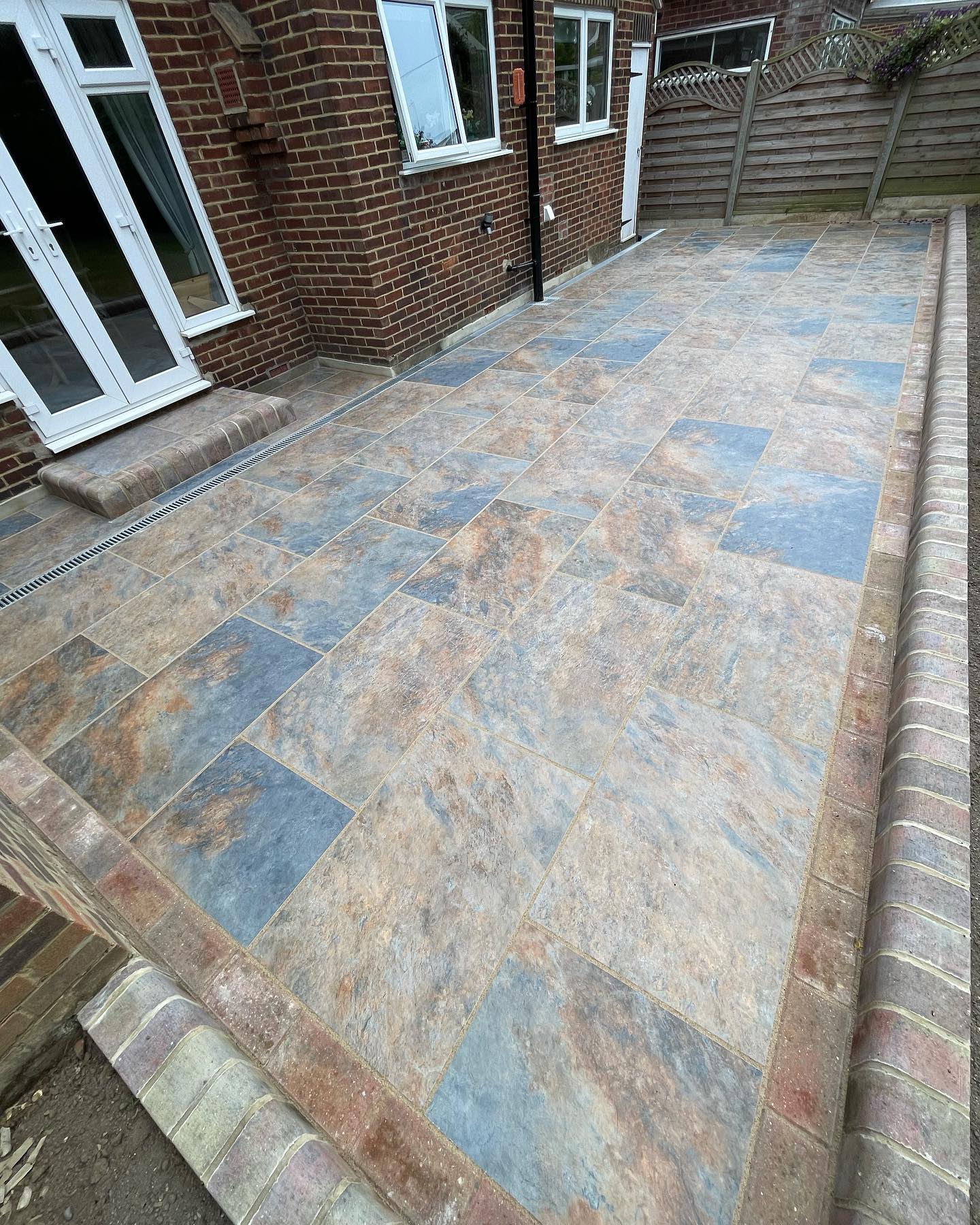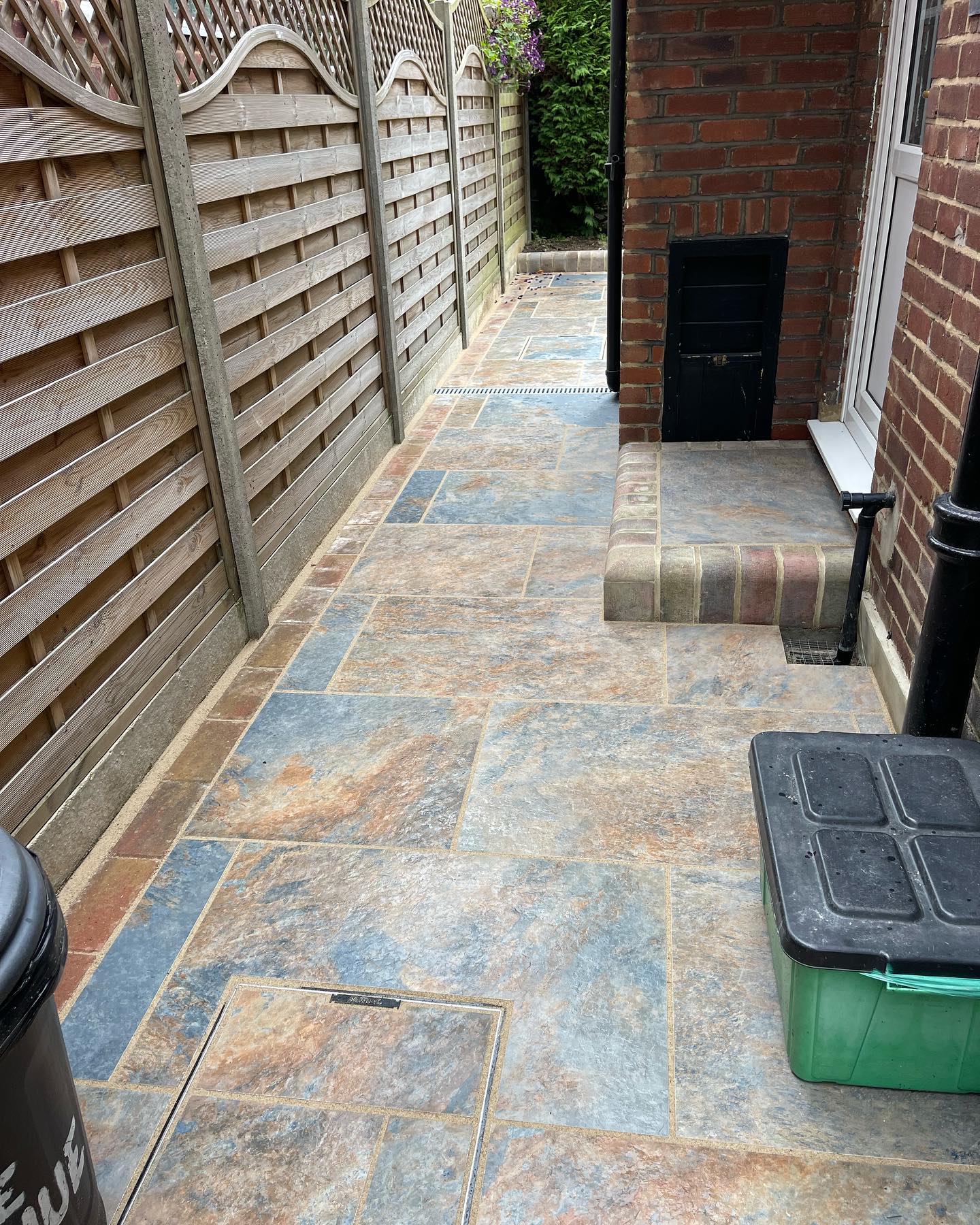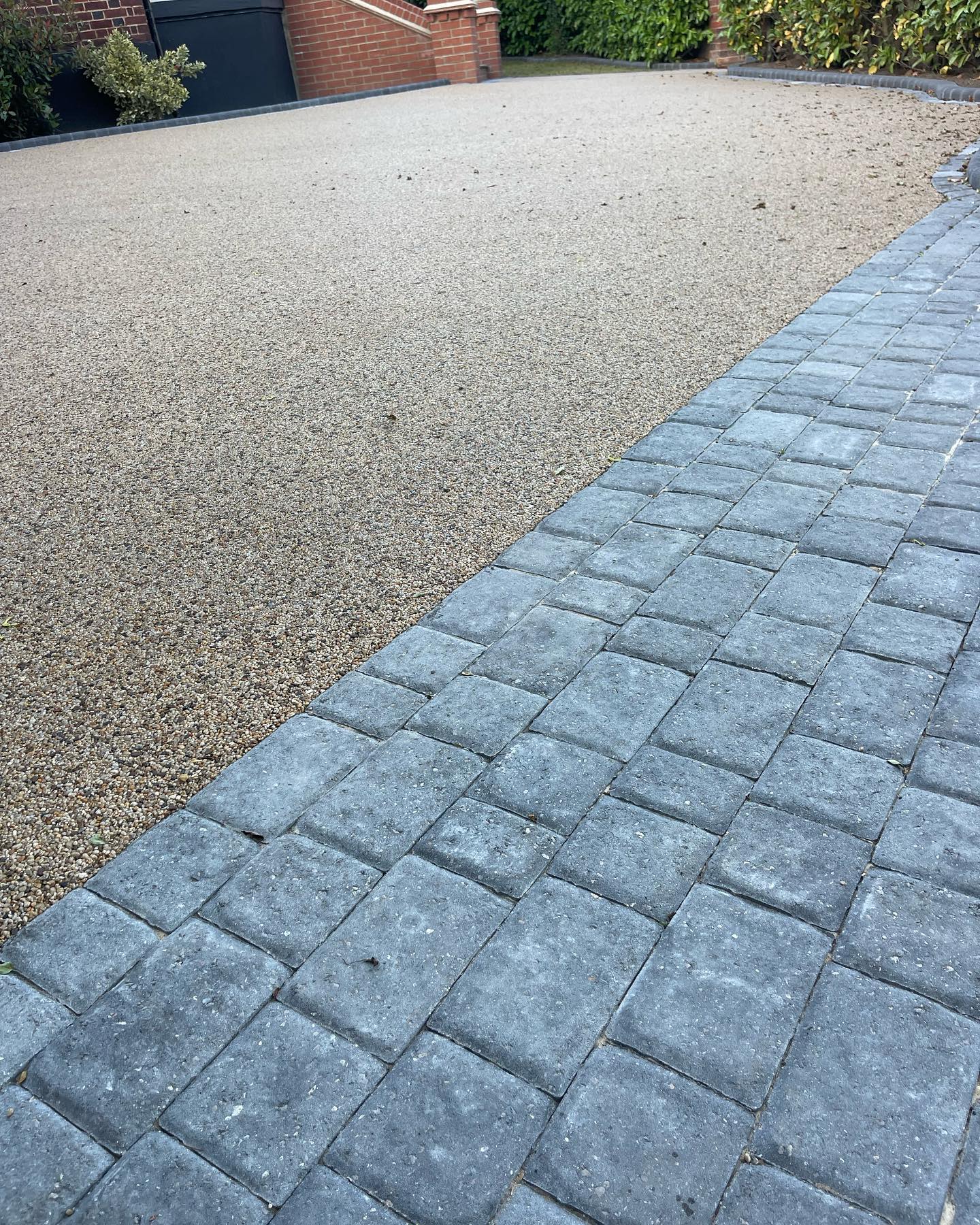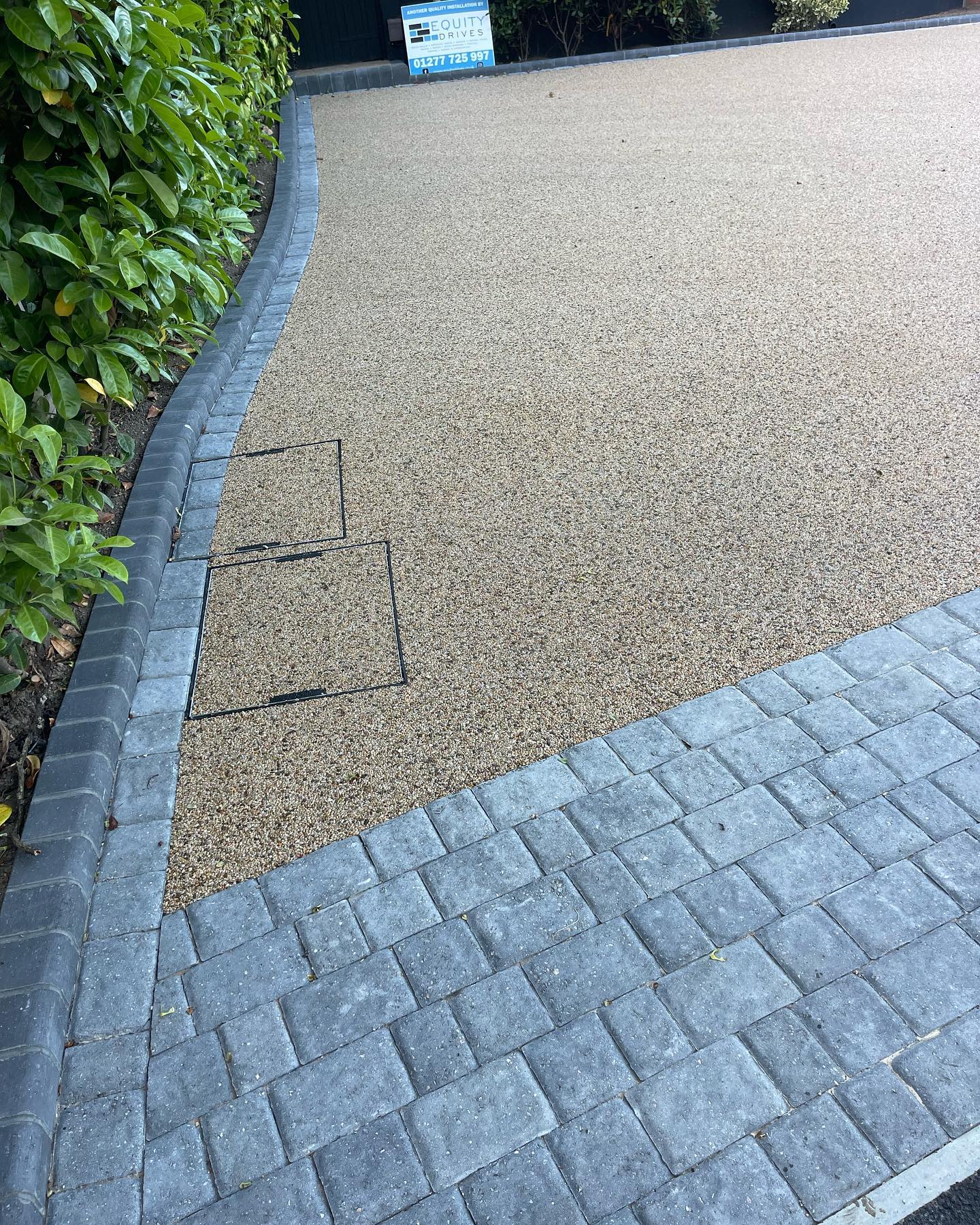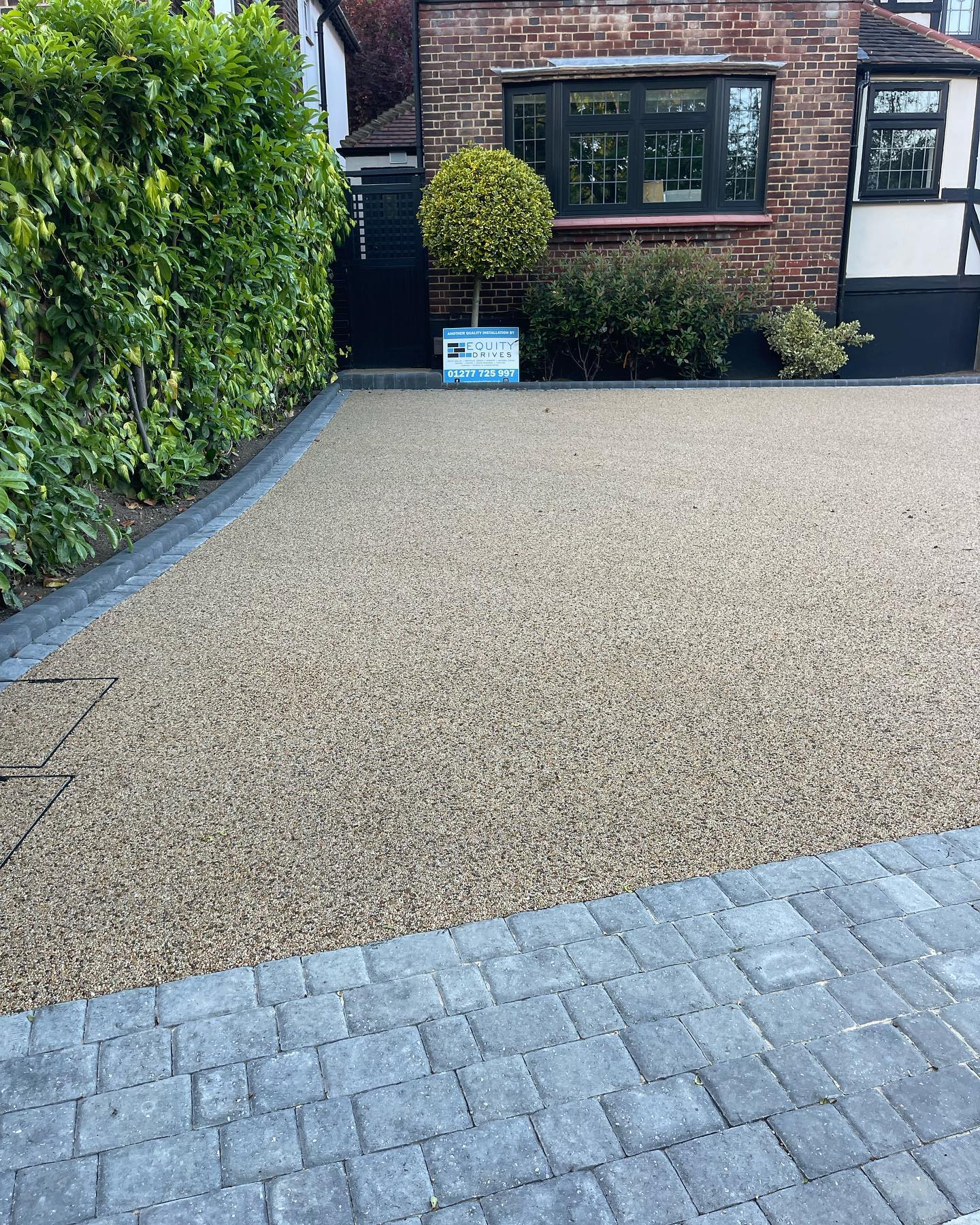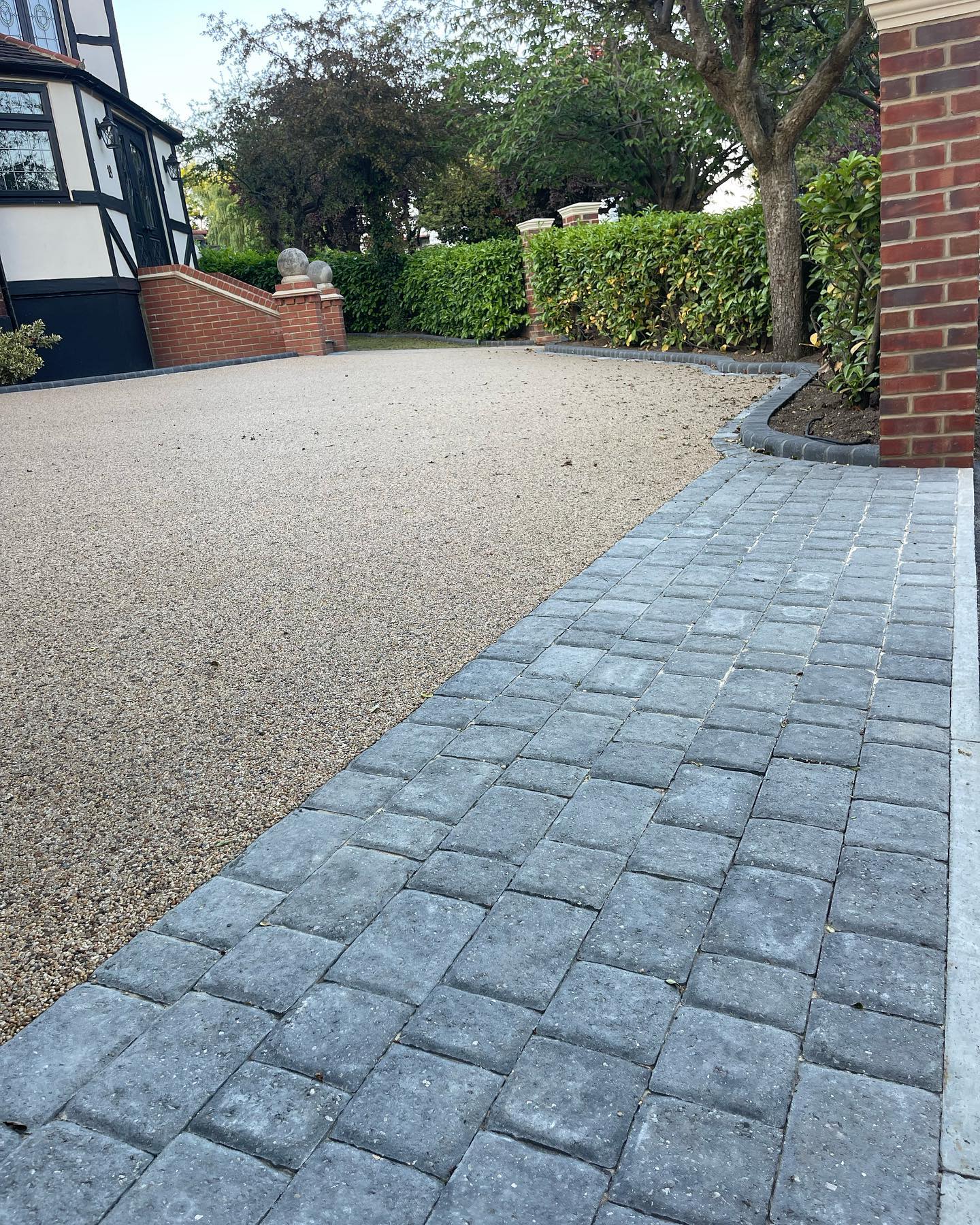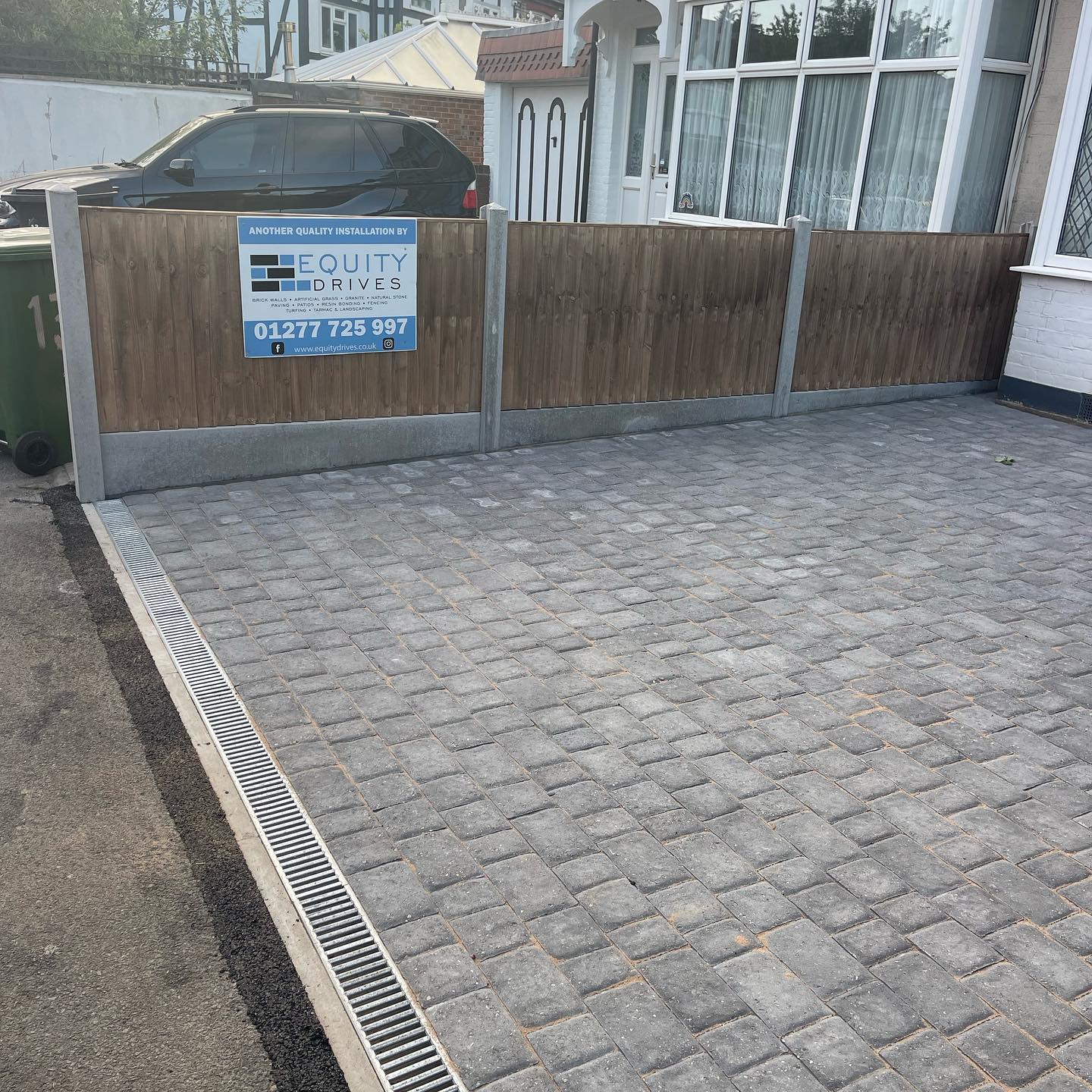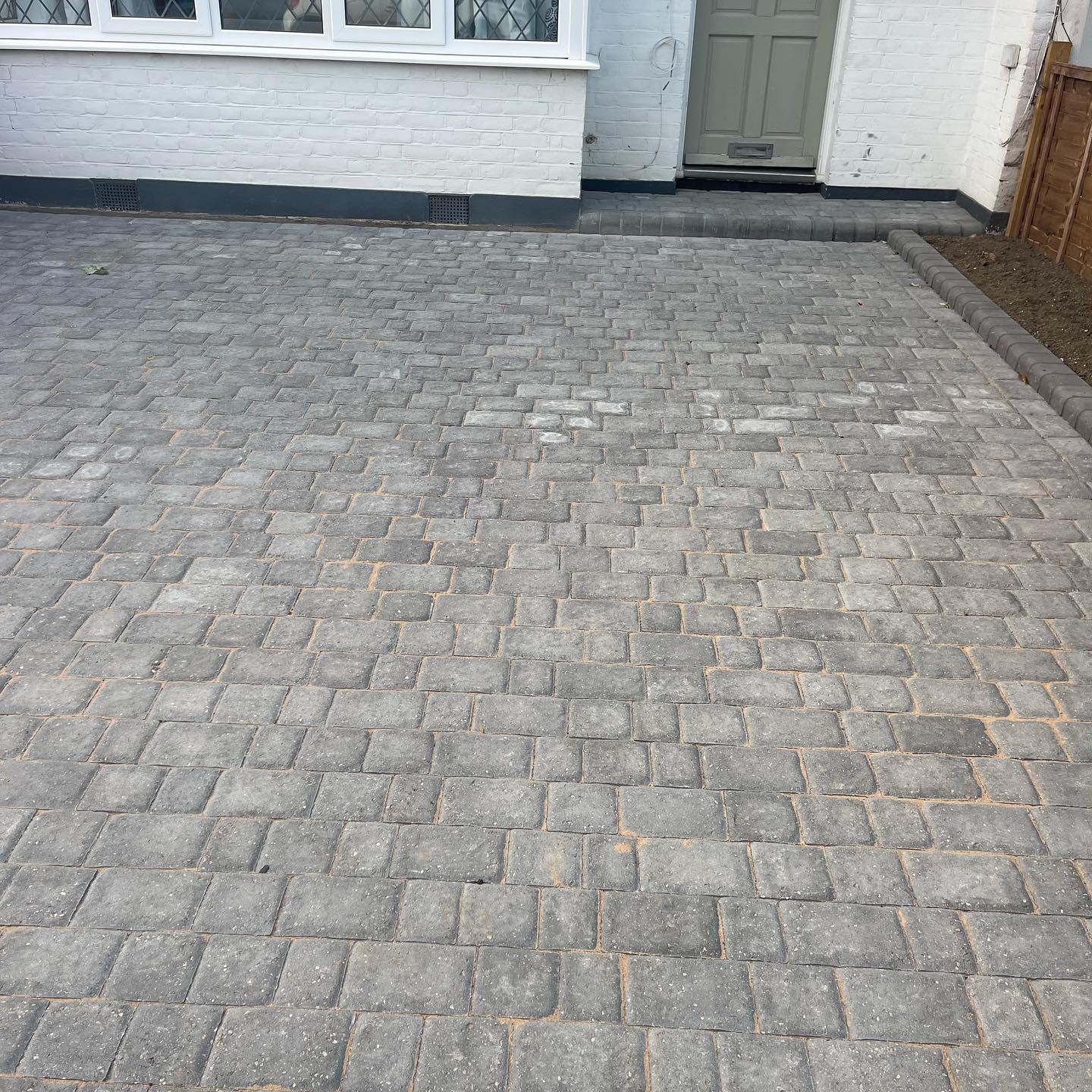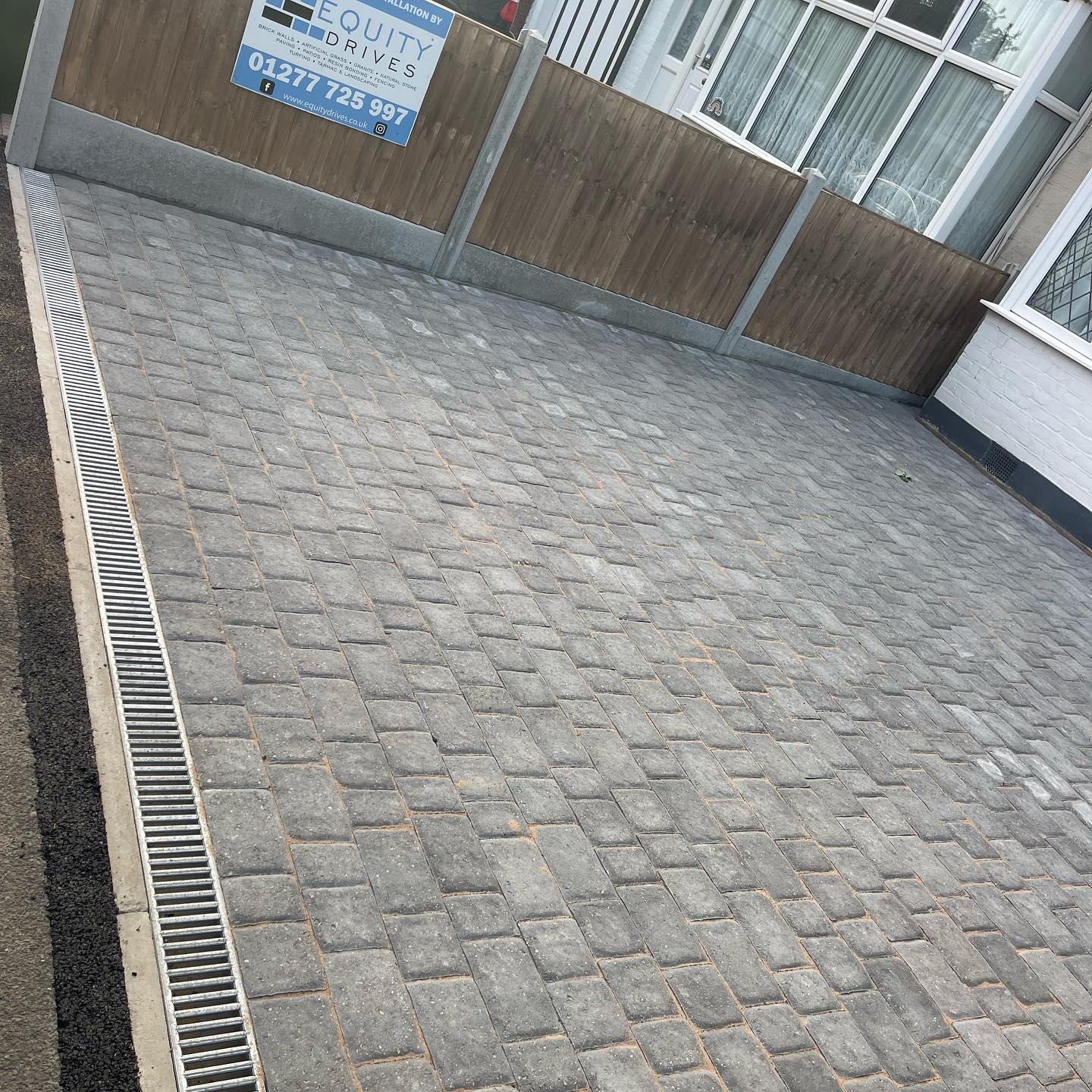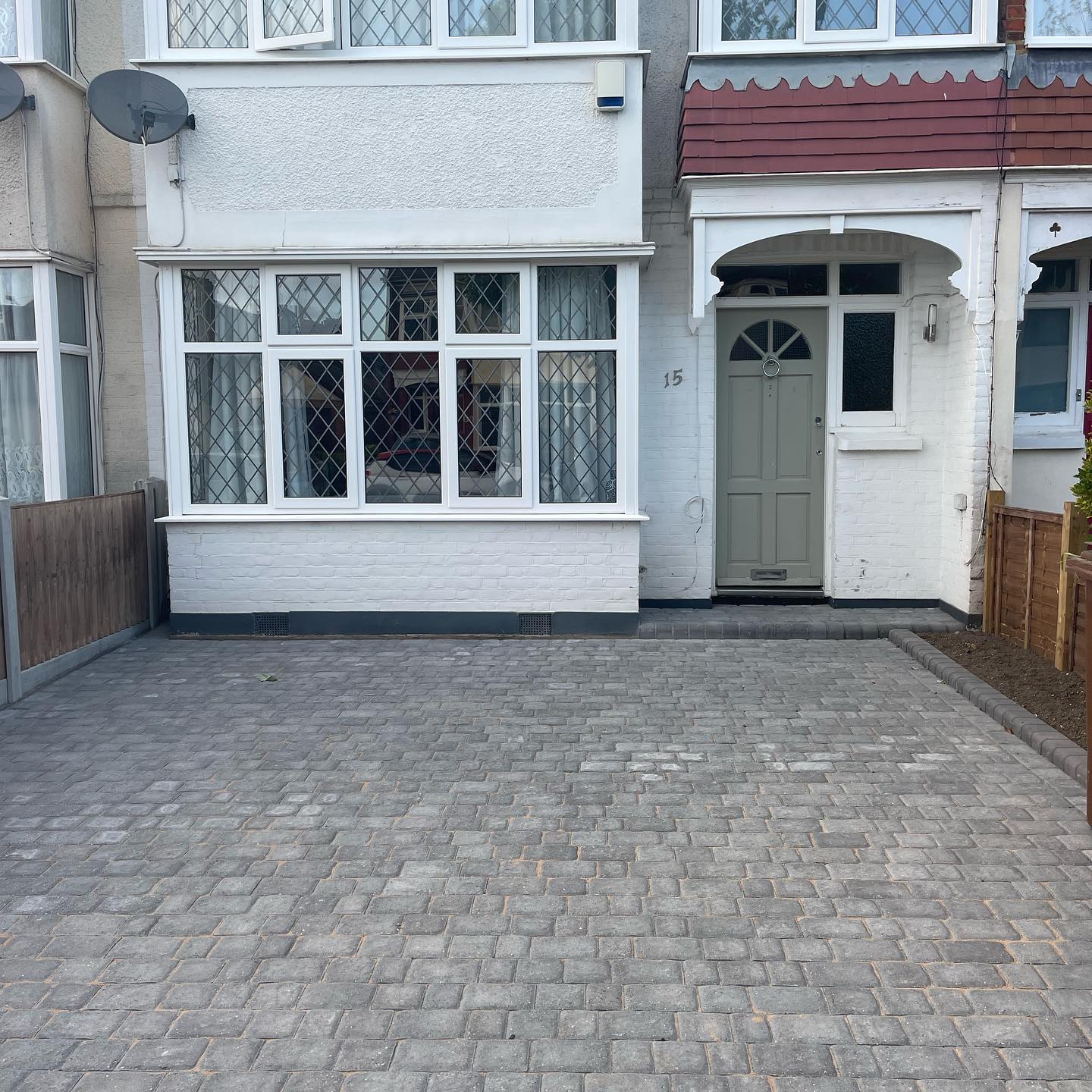Tarmac vs Concrete Driveways: Which is Better for You?
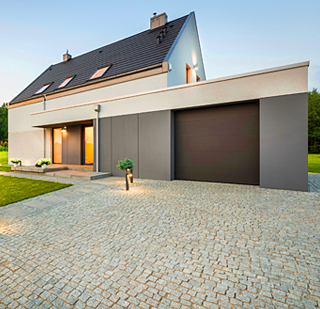
22 Sep 2025
Choosing the right material for your driveway can be a challenging decision for homeowners. Tarmac and concrete are two of the most popular options, each offering distinct advantages and drawbacks. The goal of this article is to provide a clear comparison of tarmac and concrete driveways based on factors such as cost, durability, maintenance, appearance, and environmental impact. By the end, you will have a better understanding of which material is best suited to your needs, helping you make a well-informed decision for your home.
Table of Contents
- What Are Tarmac and Concrete Driveways?
- What are the differences in appearance between tarmac and concrete driveways?
- Which is more durable: tarmac or concrete for driveways?
- What are the maintenance tasks and costs for tarmac and concrete driveways?
- What are the initial installation costs of tarmac and concrete driveways?
- What is the environmental impact of tarmac and concrete driveways?
- Which surface performs better in cold climates: Tarmac or Concrete Driveway?
- Which driveway surface provides better safety in wet weather: tarmac or concrete?
- Which is Quicker to Install: Tarmac or Concrete?
- Is Tarmac Cheaper Than Concrete?
- What are the Pros and Cons of Tarmac and Concrete Driveways?
- Final Thoughts
- FAQs About Tarmac and Concrete Driveways
What Are Tarmac and Concrete Driveways?
Tarmac Driveways
Tarmac driveways are a popular choice for residential and commercial properties. Tarmac, short for tar macadam, is a surfacing material composed of bitumen and aggregates. The bitumen serves as a binding agent that holds the aggregates together, forming a durable surface. Tarmac is often chosen for its flexibility, affordability, and ease of installation.
Tarmac is primarily used for driveways, car parks, and roads, as it offers a smooth, strong surface that can withstand heavy traffic. It is commonly found in both domestic and public spaces due to its cost-effectiveness and relatively low maintenance. Tarmac can be laid quickly, making it ideal for projects that require minimal disruption.
Concrete Driveways
Concrete driveways are another common choice for homeowners seeking durability and aesthetics. Concrete is a versatile material made by mixing cement, sand, aggregates, and water. It is then poured into forms to create a solid surface. Concrete driveways can be finished in various ways, offering different textures and appearances to suit different preferences.
There are several types of concrete driveways:
- Plain Concrete: The most basic type, offering a simple, smooth finish.
- Imprinted Concrete: Concrete that is stamped with patterns to mimic the look of other materials like stone or brick.
- Coloured Concrete: Concrete mixed with pigments to achieve a variety of colours, adding an aesthetic element to the driveway.
- Exposed Aggregate Concrete: A finish that exposes the aggregate materials, creating a textured surface.
Concrete driveways are widely used in residential areas because of their longevity and ability to withstand harsh weather conditions. They are highly durable, low-maintenance, and can last for decades when installed correctly. Concrete driveways also offer greater customisation options, with the ability to add patterns, colours, and textures for a more attractive appearance.
What are the differences in appearance between tarmac and concrete driveways?
The appearance of a driveway plays a significant role in the overall curb appeal of a property. When comparing tarmac driveway appearance and concrete driveway aesthetics, there are distinct differences in texture, colour, and design flexibility.
Appearance of Tarmac Driveways
Tarmac is generally darker in appearance, offering a classic, sleek, and smooth finish. Its most common colour is black, though it can be treated with certain colour additives, allowing for variations in hues like grey or red. The texture of tarmac is typically smooth, though it may show wear and tear over time, with small cracks becoming noticeable, especially in areas with heavy vehicle traffic or extreme weather conditions. Tarmac driveways do not offer as much flexibility in terms of intricate designs or patterns.
Appearance of Concrete Driveways
Concrete offers a much broader range of aesthetic possibilities. It can be poured in a smooth, plain finish or enhanced with various design techniques. Imprinted concrete is a popular option, where patterns like brick, slate, or cobblestone can be stamped into the surface for a more decorative look. Additionally, concrete can be coloured through integral colouring or by using stains or dyes, offering a variety of shades ranging from subtle earth tones to more vibrant colours. The textured finish can also be customised, adding further visual appeal.
Customisation Options of Tarmac and Concrete Driveways
- Tarmac: Tarmac driveways can be customised to some extent with colour treatments, but the options are more limited compared to concrete. Colour treatments can enhance the surface’s aesthetic, though the range is generally restricted.
- Concrete: Concrete offers extensive customisation. Besides imprinted and stamped finishes, it can also be acid-stained for unique, vivid effects. Concrete can be poured with smooth, exposed aggregate or polished for added design flexibility.
Long-Term Appearance of Tarmac and Concrete Driveways
Over time, both tarmac and concrete can show signs of wear. However, the way they age differs:
- Tarmac: Tarmac is prone to fading, especially when exposed to UV light. Its smooth surface can also develop cracks or potholes due to pressure and weather conditions. Over time, tarmac will require resealing to maintain its appearance.
- Concrete: Concrete is more durable in maintaining its initial appearance, but it can also suffer from fading, cracking, or staining. While imprinted concrete tends to hold its design well, cracks can be more visible in concrete driveways if not properly sealed and maintained.
Tarmac driveway appearance provides a simpler, traditional look that is easier to install but requires more maintenance. On the other hand, concrete driveway aesthetics offer more variety and customisation options, making it a more versatile choice for homeowners looking for a distinctive appearance.
Which is more durable: tarmac or concrete for driveways?
When choosing between tarmac and concrete for a driveway, durability is a key factor. Both materials offer strength and longevity, but their performance can vary depending on climate, traffic, and maintenance. This section will compare the durability of tarmac and concrete driveways to help you determine which is best suited for your needs.
Durability and Longevity of Tarmac Driveways
Tarmac driveways typically last between 15 to 20 years, depending on factors like weather conditions and weight loads. In areas with mild climates, tarmac tends to perform well, maintaining its structure over time. However, in regions subject to extreme temperatures, it can degrade more quickly due to frequent freeze-thaw cycles, which cause the surface to crack and break down. Heavy vehicles or large trucks can also accelerate wear, leading to more frequent repairs or resurfacing. To prolong its lifespan, regular maintenance such as resealing is essential to protect the surface from weather damage.
Durability and Longevity of Concrete Driveways
Concrete driveways have a longer lifespan, averaging between 25 to 30 years when properly maintained. Concrete is particularly resilient to a range of temperatures, performing well in both hot and cold climates. Unlike tarmac, concrete does not soften in the heat or suffer significant damage from freezing temperatures. However, concrete is prone to cracking under heavy loads or sudden temperature shifts, though it generally holds up better than tarmac in terms of long-term durability. Regular sealing can help prevent moisture infiltration, which can lead to cracks and deterioration.
Comparison Table for Durability and Longevity of Tarmac vs Concrete Driveways
| Factor | Tarmac | Concrete |
| Average Lifespan | 15-20 years | 25-30 years |
| Performance in Mild Weather | Good | Excellent |
| Performance in Extreme Heat | Prone to softening and cracking | Retains structure well |
| Performance in Cold Climates | More prone to cracking, especially with freezing and thawing | Resistant to cracking, ideal for freezing climates |
| Wear and Tear | Higher wear and tear under heavy traffic | Lower wear and tear, but prone to cracking under heavy weight |
| Maintenance Frequency | High – requires frequent sealing and repairs | Low – minimal repairs, occasional sealing |
Concrete is the more durable choice in the long run, especially in areas with harsh weather conditions. However, tarmac can be a more affordable, albeit shorter-lasting, option with the right maintenance routine.
What are the maintenance tasks and costs for tarmac and concrete driveways?
Tarmac: Routine Maintenance and Crack Repair
Tarmac driveways require regular maintenance to ensure they remain in good condition. The primary maintenance task for tarmac is resealing, typically every 3-5 years. Resealing helps protect the surface from weathering, UV damage, and water penetration, which can cause cracks. Over time, tarmac can develop cracks due to weather conditions, heavy traffic, or ground movement. These cracks should be sealed promptly to prevent water ingress, which could further damage the surface.
To repair cracks, cold-pour crack fillers can be used, or a professional may need to apply more extensive repairs if the damage is significant. If left unaddressed, cracks can worsen and lead to potholes or larger structural issues.
Tarmac Maintenance Costs: Routine maintenance for tarmac is generally cost-effective. Resealing typically costs between £1.50 and £3.50 per square metre, depending on the surface area and contractor. Crack repairs may range from £100 to £300, based on the severity and extent of the damage. While tarmac maintenance costs are relatively low, regular care is necessary to extend its lifespan.
Concrete: Cleaning, Sealing, and Crack Repair
Concrete driveways require a different approach to maintenance. Regular cleaning is essential to remove dirt, debris, and stains, which can cause long-term damage if left untreated. Pressure washing is a common method, followed by targeted stain treatment for oil or rust marks. Concrete driveways are also prone to cracking, particularly due to settling, temperature changes, or heavy loads. Cracks should be repaired using specific concrete fillers or resin-based products designed for the material.
Sealing is another vital aspect of concrete driveway maintenance. Applying a concrete sealant every 2-3 years helps protect the surface from water, chemicals, stains, and general wear. Without sealing, concrete can become porous and susceptible to staining and cracking.
Concrete Driveway Repair Costs: The ongoing maintenance costs for concrete driveways are generally higher than tarmac. Basic cleaning services usually cost between £50 and £100. For concrete driveway repair, crack repairs can range from £300 to £600, depending on the severity. Sealing a concrete driveway typically costs between £2 and £5 per square metre. Although the initial installation of concrete may be more expensive, its maintenance costs are also higher over time, particularly when considering the need for regular sealing.
Both tarmac and concrete require ongoing maintenance to ensure their durability and appearance. While tarmac tends to have lower maintenance costs upfront, concrete driveways require more attention, particularly with cleaning, sealing, and repairs, which contribute to higher long-term maintenance costs.
What are the initial installation costs of tarmac and concrete driveways?
Understanding the costs of tarmac and concrete driveways is crucial for making an informed decision. Below, we break down the initial installation costs and long-term expenses for both options, helping you determine the most cost-effective choice for your property.
Installation Costs of Tarmac Driveway
Tarmac is widely regarded as a cheaper driveway option compared to concrete. The main factors affecting tarmac costs include:
- Surface Size: The larger the area, the more tarmac is required, which increases the overall cost. However, tarmac is still generally more affordable than concrete for larger driveways.
- Complexity of Installation: Simple, flat driveways are cheaper to install than those with complex shapes or slopes. More intricate designs or additional work such as excavation will raise costs.
- Material Quality: Tarmac quality can vary, with higher-grade tarmac offering better durability but at a higher price.
In terms of long-term expenses, tarmac driveways require regular maintenance. Expect to reseal the surface every 3-5 years to protect against the elements and preserve its appearance. Repairs are also common, with cracks and potholes being relatively easy to fix, though the cost of these repairs will depend on the severity of the damage. Tarmac is generally less durable than concrete, leading to higher ongoing maintenance costs.
Installation Costs of Concrete Driveway
Concrete driveways are more expensive upfront than tarmac, with costs influenced by the following factors:
- Type of Concrete: The cost varies depending on whether you choose standard concrete, decorative concrete (e.g., stamped or coloured), or a more complex finish.
- Surface Area: As with tarmac, the larger the area, the higher the cost. Concrete installation requires more materials and labour, making larger surfaces more expensive.
- Preparation and Installation: Concrete driveways require more preparation work, including the creation of a solid sub-base. This extra labour and time make concrete installation more costly than tarmac.
While the initial cost is higher, concrete driveways are highly durable and can last for decades with minimal maintenance. However, cracks can appear over time, and repairing them is often more expensive and complicated than tarmac. Concrete also requires sealing every 3-5 years to maintain its integrity and appearance, but the frequency of maintenance is generally lower than tarmac.
Long-Term Costs: Maintenance and Repairs
- Tarmac: Tarmac driveways need regular maintenance, particularly resealing every 3-5 years. Cracks and potholes may need filling every 5-10 years, especially in areas with heavy traffic or extreme weather conditions. This makes tarmac a more cost-intensive long-term option due to its shorter lifespan and frequent upkeep.
- Concrete: Concrete driveways are less prone to frequent issues, but repairs can be more costly when they occur. Cracks, while less common, can be expensive to repair, and sealing is necessary to prevent damage. However, concrete’s longer lifespan reduces the frequency of repairs, making it a more cost-efficient option in the long run, despite the higher upfront cost.
Tarmac is a more budget-friendly choice for initial installation, making it ideal for those with limited budgets or smaller driveways. However, ongoing maintenance and repairs can increase long-term costs. Concrete, although more expensive to install, offers better durability and lower maintenance requirements, making it a better option for those seeking long-term value and longevity.
What is the environmental impact of tarmac and concrete driveways?
When choosing between tarmac and concrete for driveways, one of the key considerations is their environmental impact. Both materials have distinct ecological footprints, which should be carefully evaluated, especially for those seeking sustainable or eco-friendly driveway options.
Carbon Footprint of Production and Installation
- Tarmac: The production of tarmac, primarily made from bitumen and aggregates, has a significant carbon footprint. The extraction and processing of bitumen release substantial amounts of CO2. However, tarmac is often considered less energy-intensive in terms of production compared to concrete, as it can be laid at lower temperatures, reducing emissions during installation.
- Concrete: Concrete’s environmental impact is generally higher due to the energy-intensive production of cement, which is a key ingredient. Cement production alone is responsible for around 8% of global CO2 emissions. The process of heating limestone to produce lime (a key component of cement) consumes large amounts of energy and results in a high carbon footprint.
Eco-Friendly Options
Both tarmac and concrete have evolved with environmentally conscious alternatives:
- Porous Concrete: Porous concrete is an eco-friendly option that allows water to pass through the surface, reducing runoff and replenishing groundwater. This makes it a suitable choice for areas with drainage concerns. Additionally, its light colour helps to mitigate the urban heat island effect, reflecting sunlight rather than absorbing heat.
- Recycled Tarmac: Recycled tarmac, which involves reusing old tarmac and bitumen materials, reduces the need for new materials and cuts down on waste. The process of recycling tarmac also consumes less energy than producing new tarmac, lowering the overall environmental footprint. Using recycled tarmac contributes to a more sustainable solution and can reduce the carbon footprint of driveway installation.
In terms of environmental impact, both tarmac and concrete offer challenges in terms of production emissions. However, eco-friendly alternatives such as porous concrete and recycled tarmac provide viable solutions for reducing the ecological footprint of driveway installations. When considering a new driveway, opting for environmentally friendly tarmac or porous concrete can make a significant difference in creating a more sustainable outdoor space.
Which surface performs better in cold climates: Tarmac or Concrete Driveway?
When choosing between tarmac and concrete for your driveway, it’s essential to consider how each material performs in different climates, including freezing conditions and hot weather.
Tarmac for Cold Climates
Tarmac is generally more flexible than concrete, making it better suited for freeze-thaw cycles commonly experienced in colder climates. During winter, when temperatures fluctuate, tarmac can expand and contract without significant damage. This flexibility allows it to resist cracking, which is crucial for maintaining the integrity of your driveway through freezing and thawing conditions.
Concrete Driveway Temperature Resistance
Concrete, on the other hand, is less flexible and can be more susceptible to cracking in extremely cold conditions. When water seeps into the cracks and freezes, it can cause further damage, leading to more significant repair needs over time. However, concrete performs well in hot climates. It can withstand higher temperatures without warping or becoming damaged, making it a durable choice for regions that experience prolonged heat.
If you live in a region with freezing conditions, tarmac may be a better option due to its ability to flex and withstand temperature changes. For hot climates, concrete offers superior durability and temperature resistance, making it an ideal choice for dry and sunny areas.
Which driveway surface provides better safety in wet weather: tarmac or concrete?
When choosing between tarmac and concrete for a driveway, one key consideration is skid resistance and safety, particularly in wet or icy conditions. Both materials perform differently when it comes to grip, texture, and long-term performance in adverse weather.
Skid Resistance of Tarmac
Tarmac driveways generally offer good skid resistance, especially in areas where regular maintenance is performed. The rough texture of tarmac helps provide traction, reducing the risk of slips. However, over time, the surface can become smooth due to wear and weathering, diminishing its skid resistance. Regular resealing and surface treatments can help maintain its grip, ensuring better safety during wet conditions. In icy weather, tarmac surfaces can become slick, especially if the surface has deteriorated, making them more prone to slippery conditions.
Skid Resistance of Concrete
Concrete driveways, particularly those with an imprinted or textured finish, tend to provide excellent skid resistance. The texture of the surface can be customised to enhance grip, offering better traction than smooth, plain concrete. Imprinted concrete, for example, features patterns that help channel water away, reducing the likelihood of slipping. Concrete surfaces generally maintain their skid resistance longer than tarmac, as they are less affected by weathering. However, during icy conditions, even textured concrete can become slippery. Applying a non-slip sealer can further improve safety, especially in colder climates.
Long-Term Performance
Both tarmac and concrete driveways offer long-term safety when maintained properly. Tarmac surfaces may require more frequent repairs to maintain their skid resistance, as cracks or wear can compromise traction. Concrete, on the other hand, maintains its grip longer but may require resealing to ensure continued safety, particularly in areas with heavy rainfall or snow.
While both materials provide adequate skid resistance in general, concrete driveways offer superior long-term performance in wet or icy conditions, particularly when the surface is textured or imprinted. Tarmac, while effective initially, may require more frequent maintenance to retain its safety features, especially in harsh weather.
Which is Quicker to Install: Tarmac or Concrete?
Tarmac driveways are significantly quicker to install compared to concrete driveways. While tarmac can be ready to use within 1 to 2 days, concrete requires at least 2 to 5 days due to the curing process. If minimising installation time is a priority, tarmac is the faster choice.
Driveway Installation Time: Tarmac vs Concrete
The installation time for a driveway varies depending on the material chosen. Tarmac driveways are generally quicker to install compared to concrete due to fewer steps and shorter curing times. Below is an overview of the installation processes for both options.
Tarmac Driveway Installation Process
Tarmac driveways typically take between 1 to 2 days to install. This relatively quick process involves the following steps:
- Preparation: The area is cleared of any debris, existing driveway material, or obstacles.
- Sub-base Installation: A solid base of crushed stone or gravel is laid to ensure proper drainage and stability.
- Tarmac Laying: A layer of tarmac (bitumen mixed with aggregates) is applied and compacted using a roller, forming a smooth and durable surface.
- Finishing Touches: The edges are tidied up, and any necessary seals are applied.
Tarmac’s speed is mainly due to its fewer layers and lack of curing time, making it an ideal option for those looking for a quicker installation.
Concrete Driveway Installation Process
Concrete driveways typically take 2 to 5 days for full installation. This longer process includes several additional steps, such as curing, which contributes to the overall time required:
- Preparation: The area is cleared, and a sub-base is installed to ensure a stable foundation.
- Formwork: Wooden or metal forms are placed to shape the edges of the driveway and maintain an even surface.
- Concrete Pouring: Concrete is poured into the forms, spread evenly, and levelled to create the surface.
- Curing: Unlike tarmac, concrete needs several days to cure and harden properly. During this period, the driveway cannot be used.
- Finishing: The surface is smoothed, and patterns or textures are applied if required.
The need for curing time is the primary factor that extends the installation process for concrete.
Is Tarmac Cheaper Than Concrete?
When considering the cost of driveway installation, both tarmac and concrete have distinct price points that are important to factor in. Below is a detailed comparison of both materials in terms of initial costs, maintenance, and repair.
Tarmac: Lower Initial Installation Cost
Tarmac driveways are typically more affordable to install than concrete. The initial installation cost for a tarmac driveway generally ranges from £40 to £60 per square metre, depending on factors such as the size of the driveway, the quality of the materials used, and the complexity of the installation. Tarmac is quicker to lay and requires less preparation, making it a cost-effective option for many homeowners.
Concrete: Higher Installation Costs, But Longer Lifespan
Concrete driveways tend to have a higher upfront cost, typically ranging from £70 to £100 per square metre. This higher cost is attributed to the more labour-intensive installation process and the need for additional materials, such as reinforcing steel for strength. Concrete also offers a greater variety of styles, including imprinted or decorative concrete, which can further increase costs. However, the significant advantage of concrete is its durability. Concrete driveways generally last 25-30 years, while tarmac typically lasts 15-20 years.
Additional Factors: Maintenance and Repairs
While tarmac may be less expensive to install initially, it requires more frequent maintenance to maintain its appearance and functionality. Tarmac driveways need to be resealed every 3 to 5 years to prevent cracking, and repairs for minor damage can be more frequent. Over time, these maintenance costs can add up, particularly in areas with heavy rain or fluctuating temperatures.
On the other hand, concrete driveways, though more expensive to install, tend to incur lower maintenance costs in the long run. Concrete is less susceptible to cracking and damage, requiring minimal upkeep. However, repairs, when needed, can be costly, especially if large cracks or staining occur.
Tarmac driveways are a cheaper option upfront but may require more ongoing maintenance, potentially making them more expensive in the long run. Concrete, though pricier to install, offers greater longevity and lower maintenance needs, making it a better long-term investment.
What are the Pros and Cons of Tarmac and Concrete Driveways?
Tarmac Driveways: Pros and Cons
Pros:
- Cost-Effective: Tarmac is one of the most affordable options for driveway installation, making it a popular choice for homeowners on a budget.
- Quick Installation: Tarmac driveways can be installed relatively quickly compared to concrete, which is ideal if you need a fast turnaround.
- Flexibility: Tarmac is a flexible material, making it less prone to cracking under temperature fluctuations and ground movement.
Cons:
- Prone to Wear: Tarmac can wear down over time, especially with high traffic or harsh weather conditions. Regular resealing is necessary to maintain its appearance and functionality.
- Limited Aesthetic Options: Unlike concrete, tarmac offers fewer customisation options in terms of colour and texture, resulting in a more basic look.
Concrete Driveways: Pros and Cons
Pros:
- Durable: Concrete driveways are known for their longevity, lasting up to 30 years with minimal maintenance. They are highly resistant to wear and damage from heavy vehicles.
- Customisable: Concrete offers a wide variety of aesthetic choices, from stamped to coloured finishes, allowing homeowners to create a unique look that complements their home.
- Low Maintenance: Once installed, concrete requires less maintenance than tarmac. It resists cracking better and only requires resealing every few years.
Cons:
- Higher Initial Cost: The upfront cost of installing a concrete driveway is higher than tarmac, making it a less budget-friendly option.
- More Maintenance: Although concrete is durable, it can develop cracks or stains over time, requiring occasional repair and resealing.
Final Thoughts
When choosing between tarmac and concrete for your driveway, the decision hinges on several key factors: budget, climate, and aesthetic preferences.
- Budget: Tarmac driveways are typically more affordable upfront compared to concrete. However, while tarmac may cost less to install, it may require more frequent maintenance over time.
- Climate: For areas prone to freeze-thaw cycles, tarmac may be a better choice due to its flexibility, which helps prevent cracking. In warmer climates, concrete tends to offer superior durability and longer-lasting performance.
- Aesthetics: Concrete driveways offer a wider range of design options, including stamped and coloured finishes. If customisation is important, concrete provides more opportunities to match your home’s style. Tarmac, while practical and cost-effective, is less versatile in terms of appearance.
Ultimately, the best choice depends on your specific needs. If you prioritise cost and flexibility, tarmac is a solid option. For long-term durability and greater aesthetic appeal, concrete may be the right investment.
FAQs About Tarmac and Concrete Driveways
It depends on your priorities. Tarmac is more affordable and flexible, but concrete offers better durability, aesthetics, and long-term performance.
Tarmac is generally cheaper to install than concrete. However, concrete can be more cost-effective in the long run due to its greater durability and lower maintenance requirements.
I am text block. Click edit button to change this text. Lorem ipsum dolor sit amet, consectetur adipiscing elit. Ut elit tellus, luctus nec ullamcorper mattis, pulvinar dapibus leo.
In most cases, you don’t need planning permission for a tarmac driveway unless it’s over a certain size or affects water drainage. Always check local regulations.

